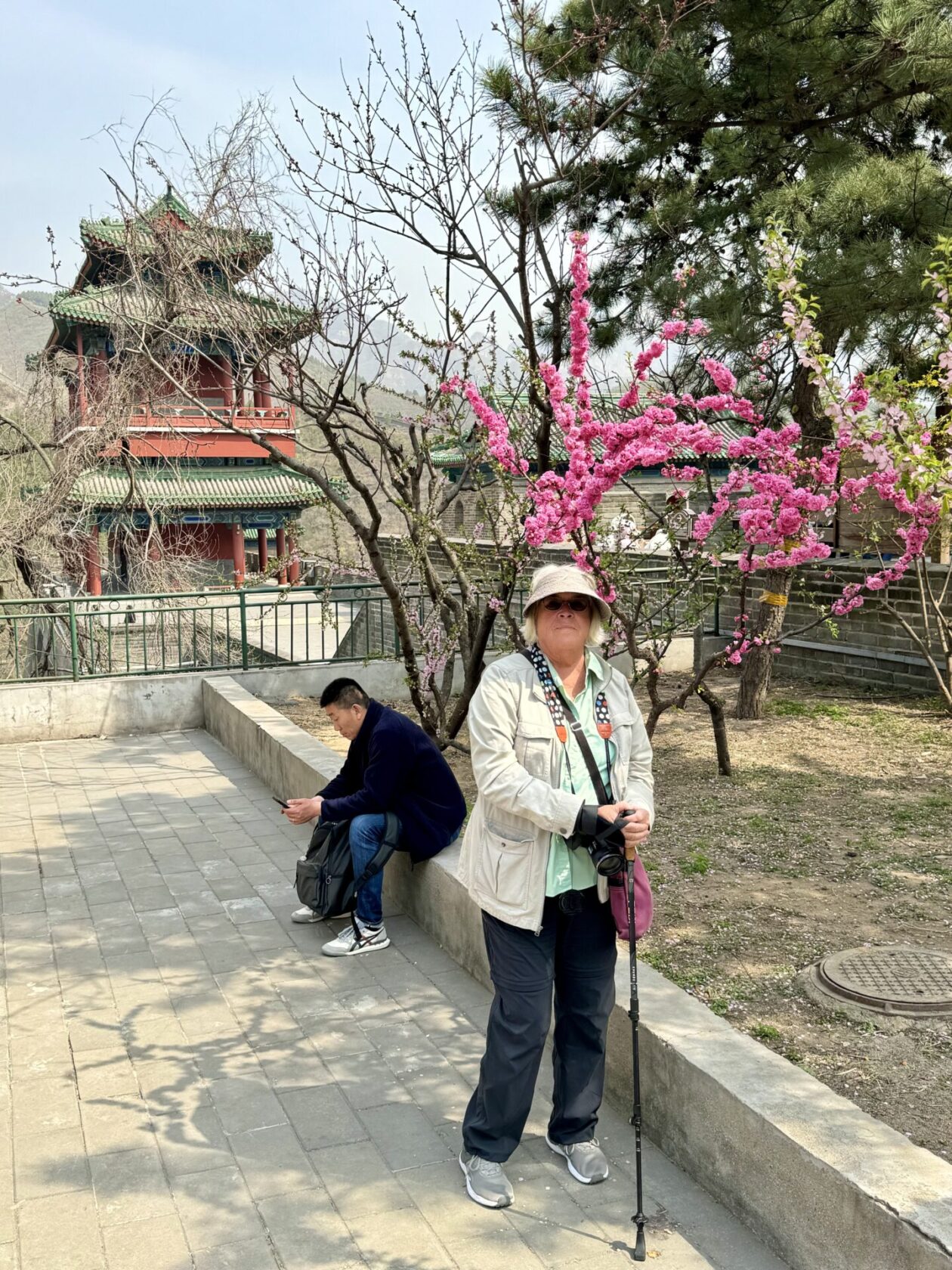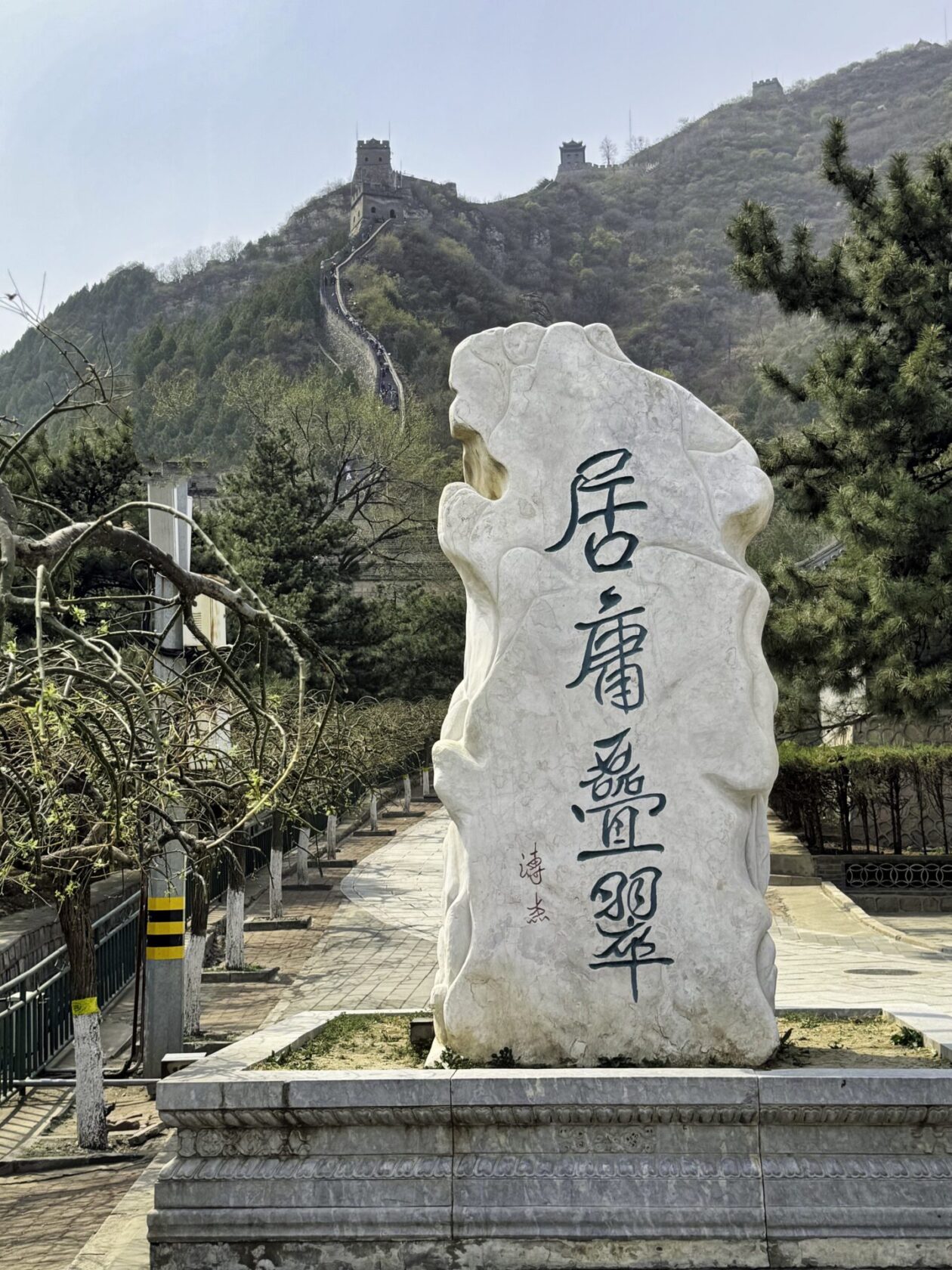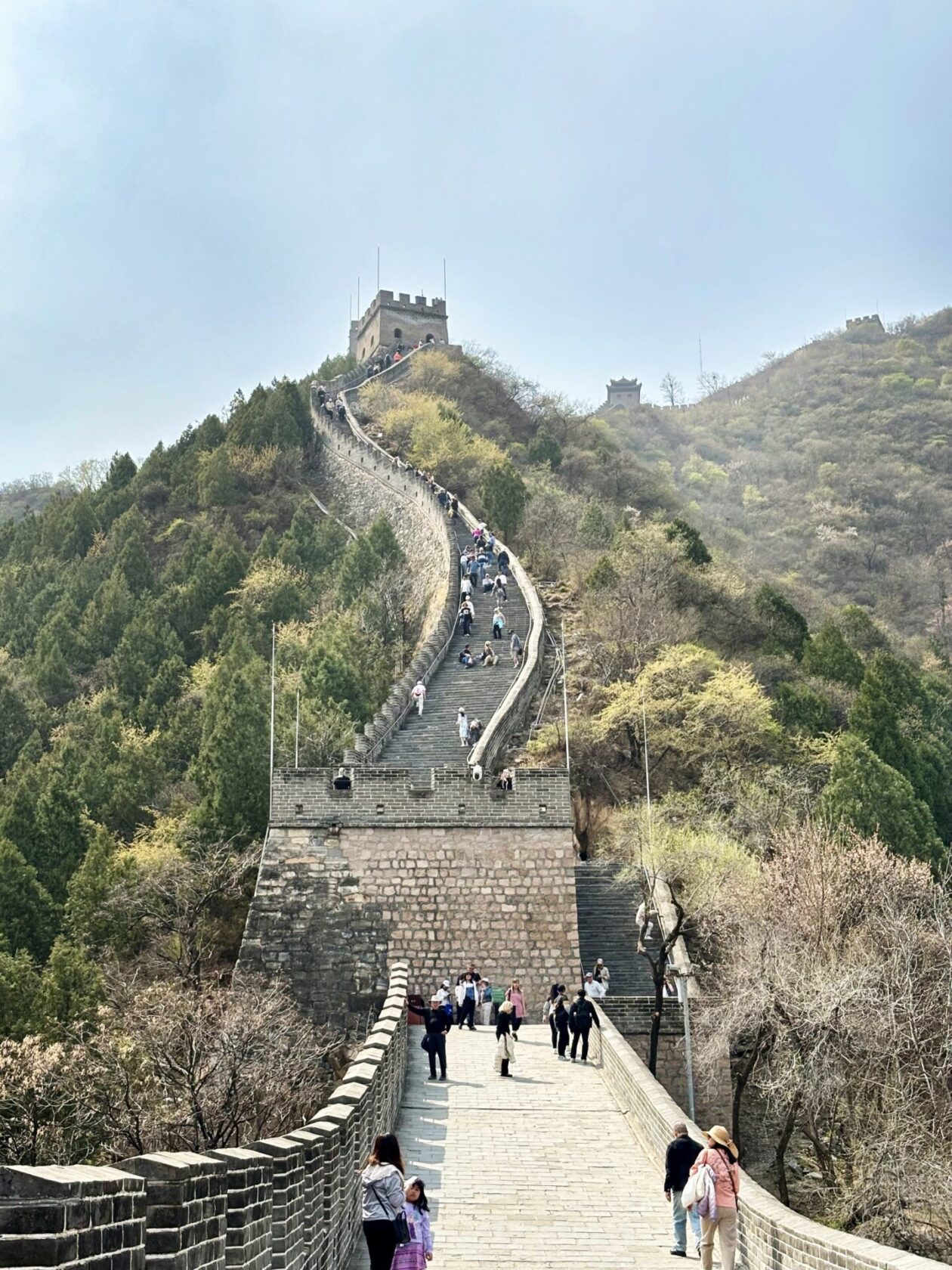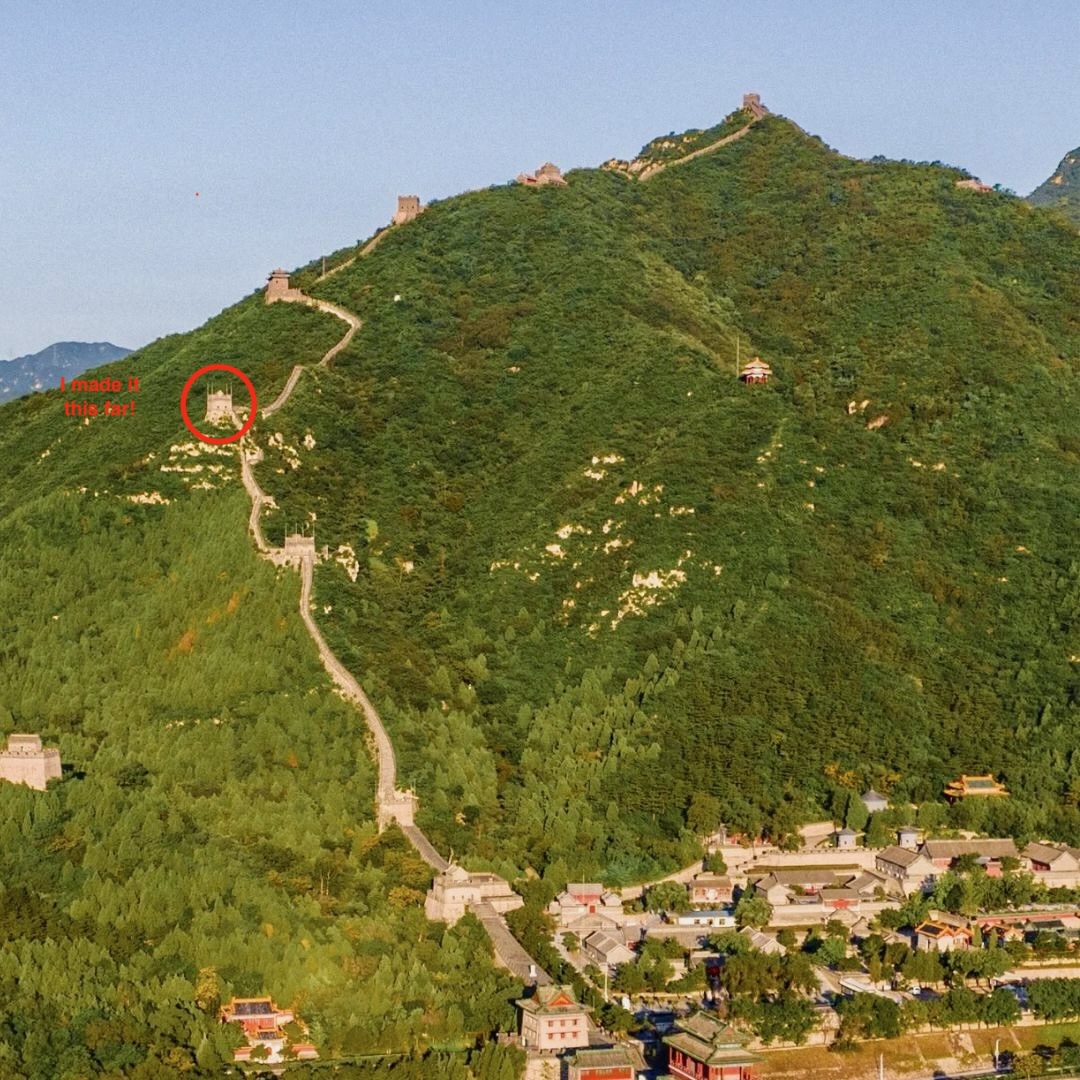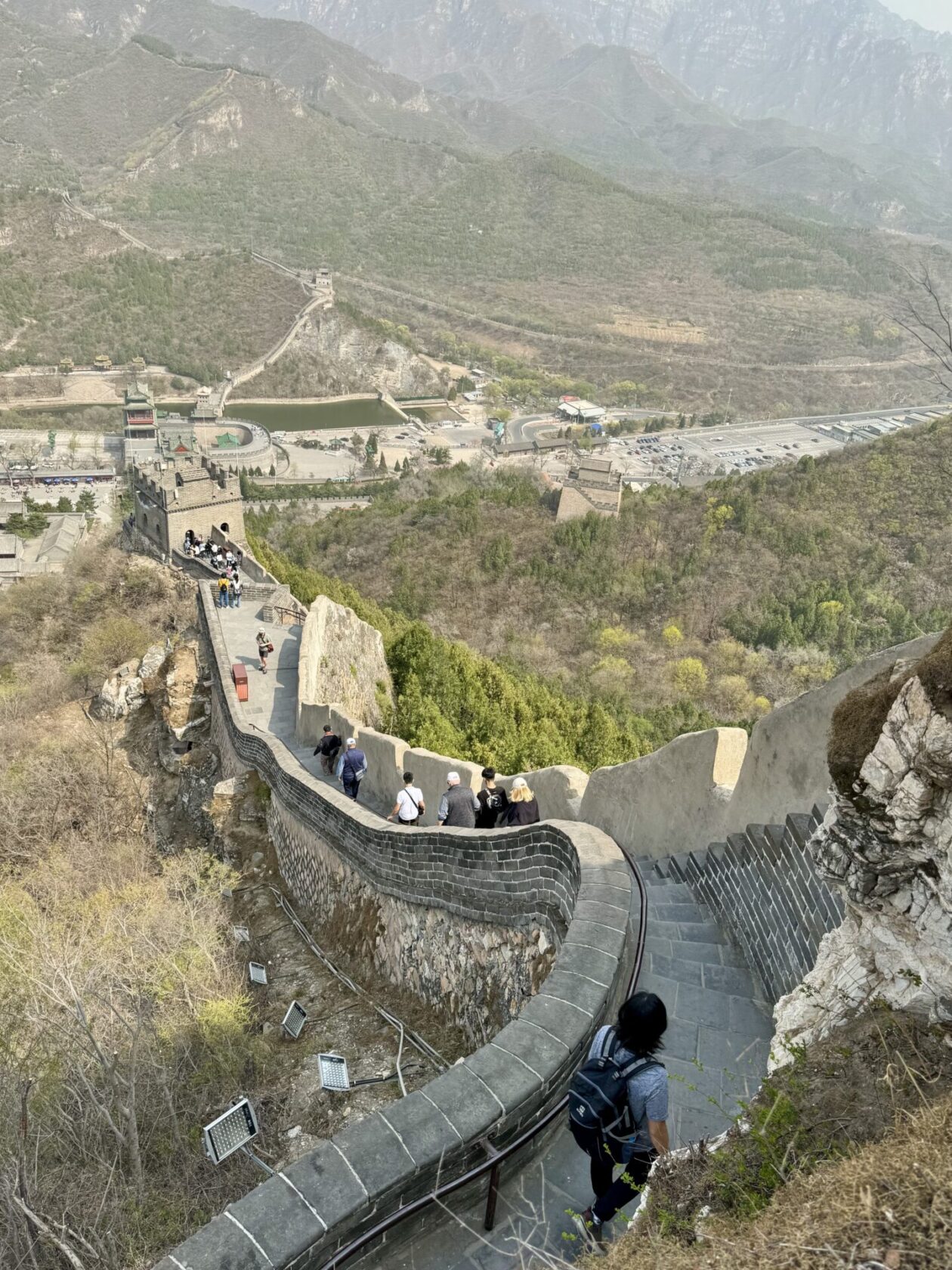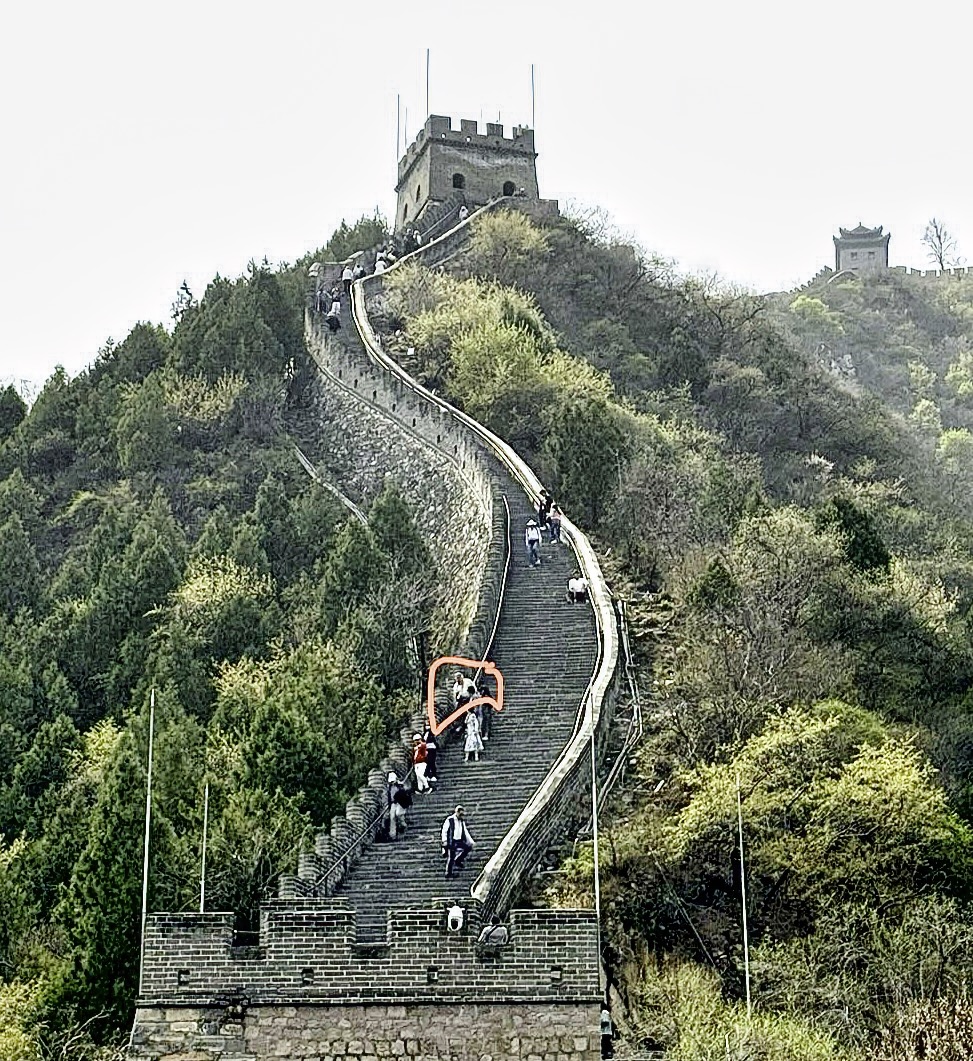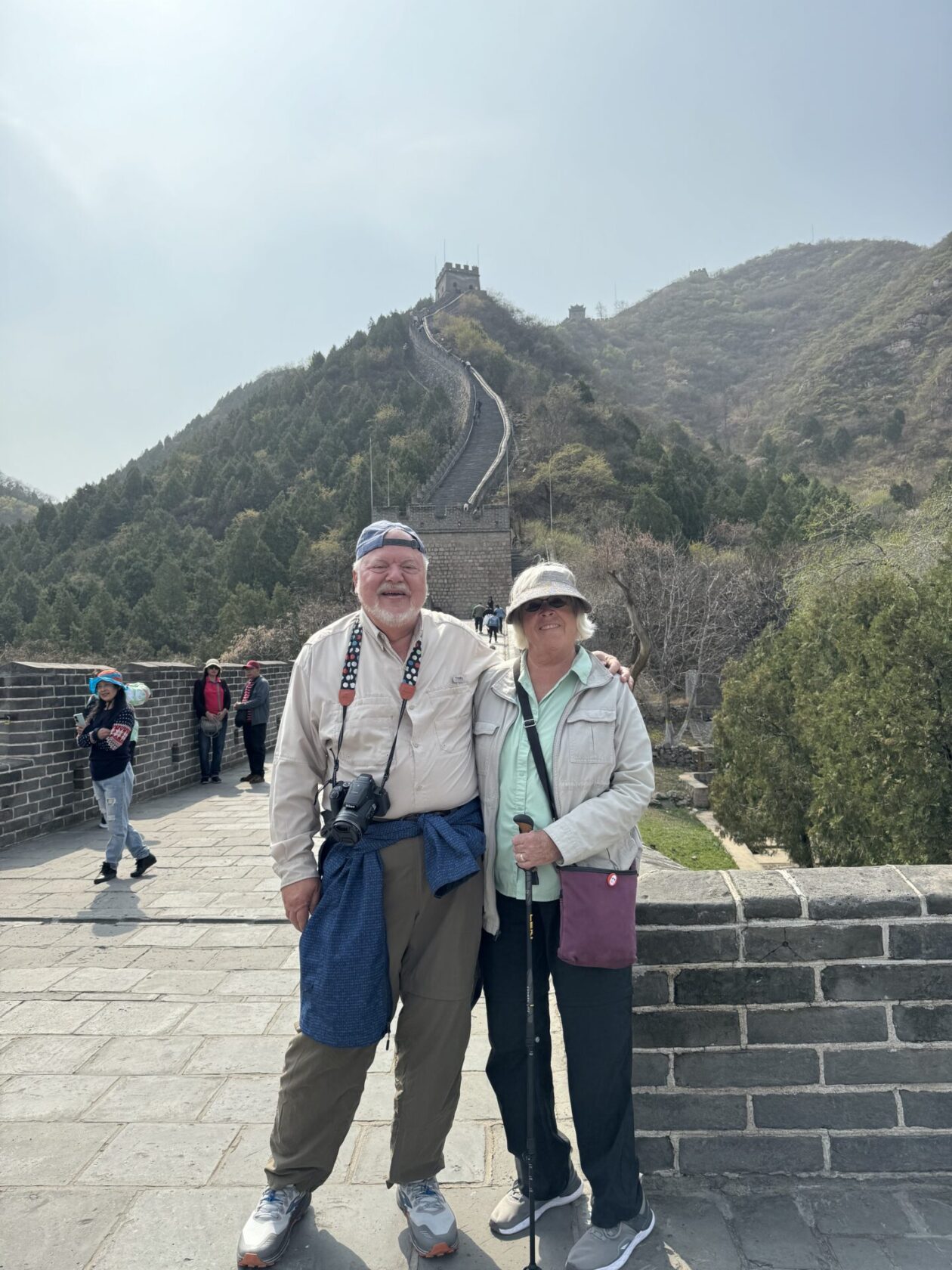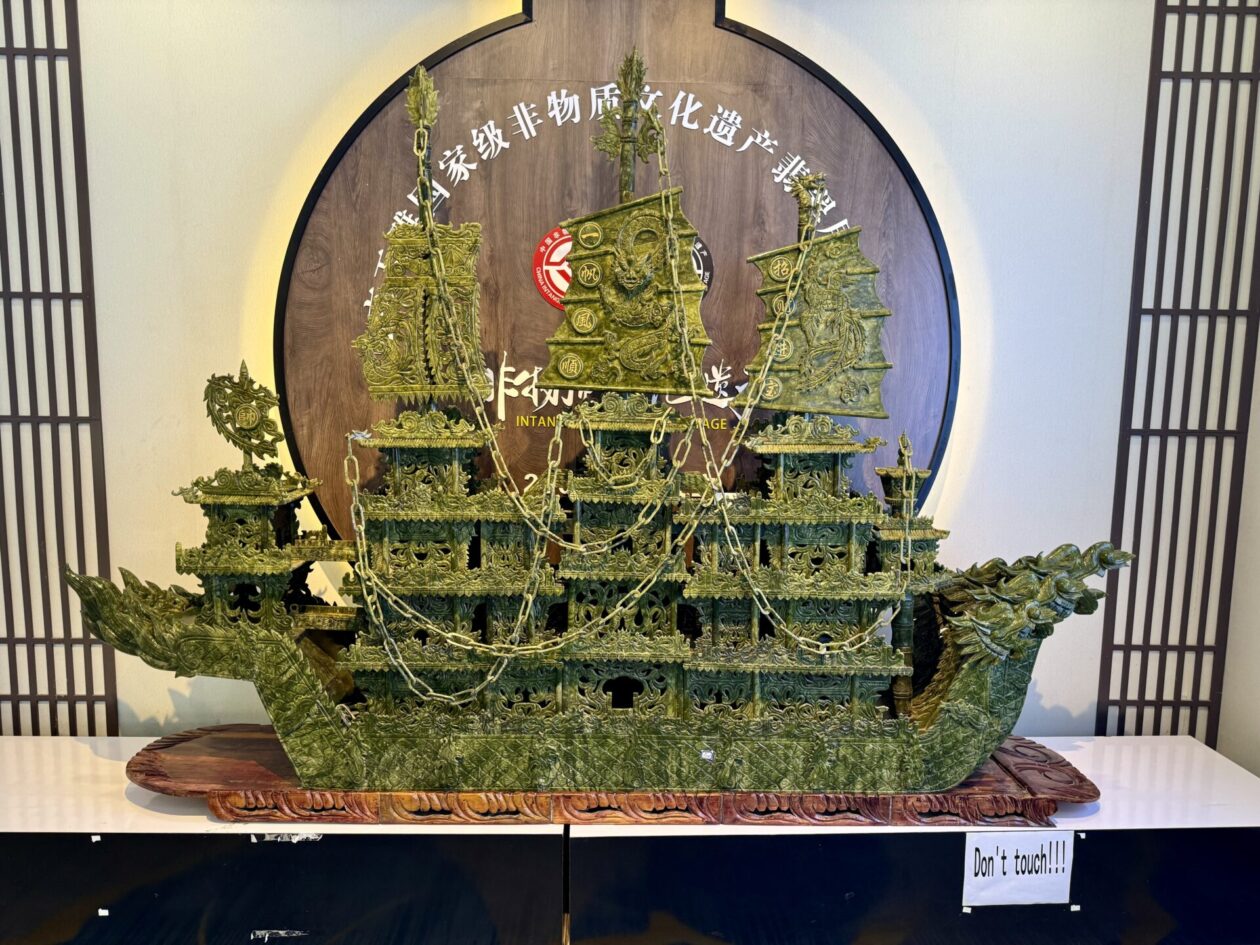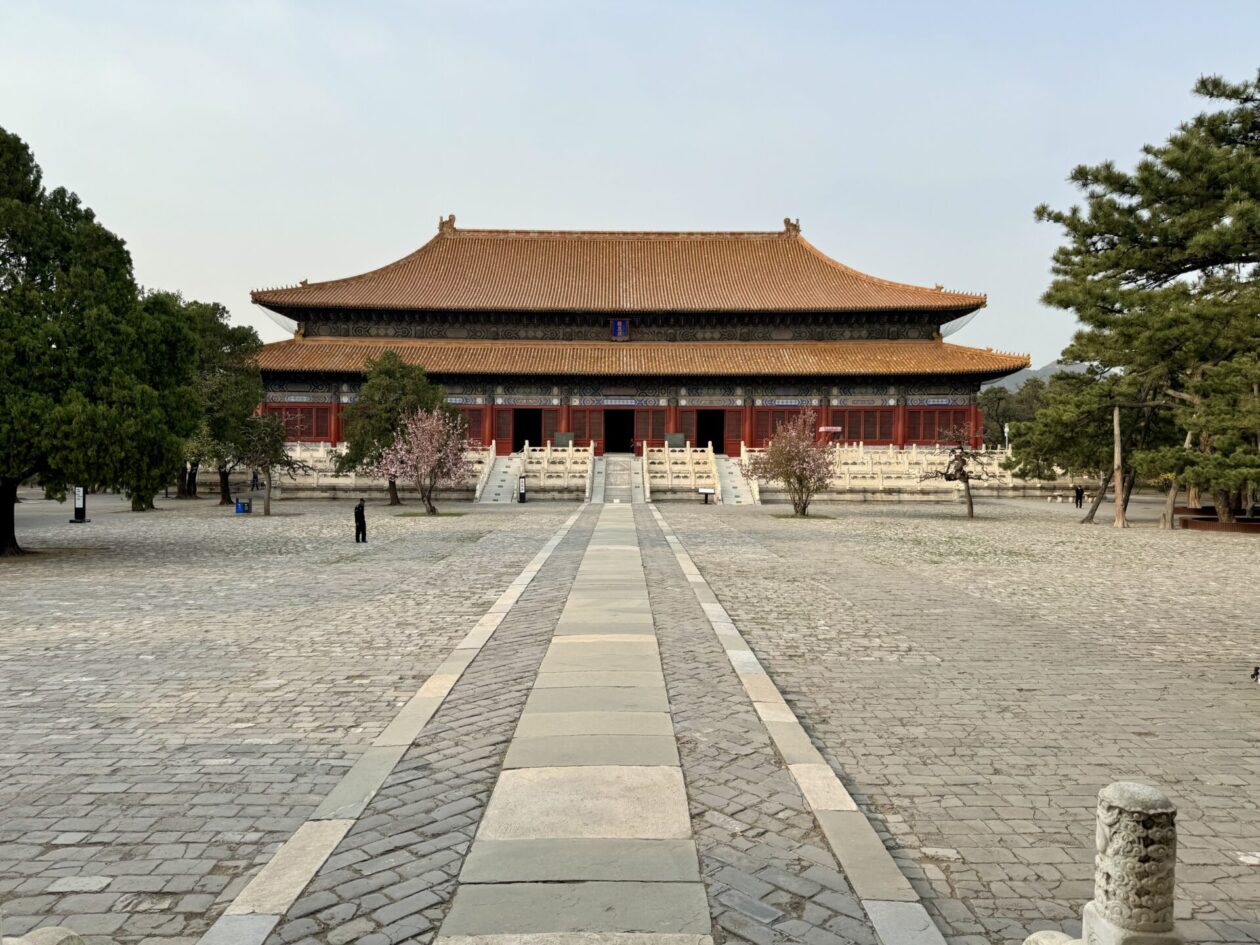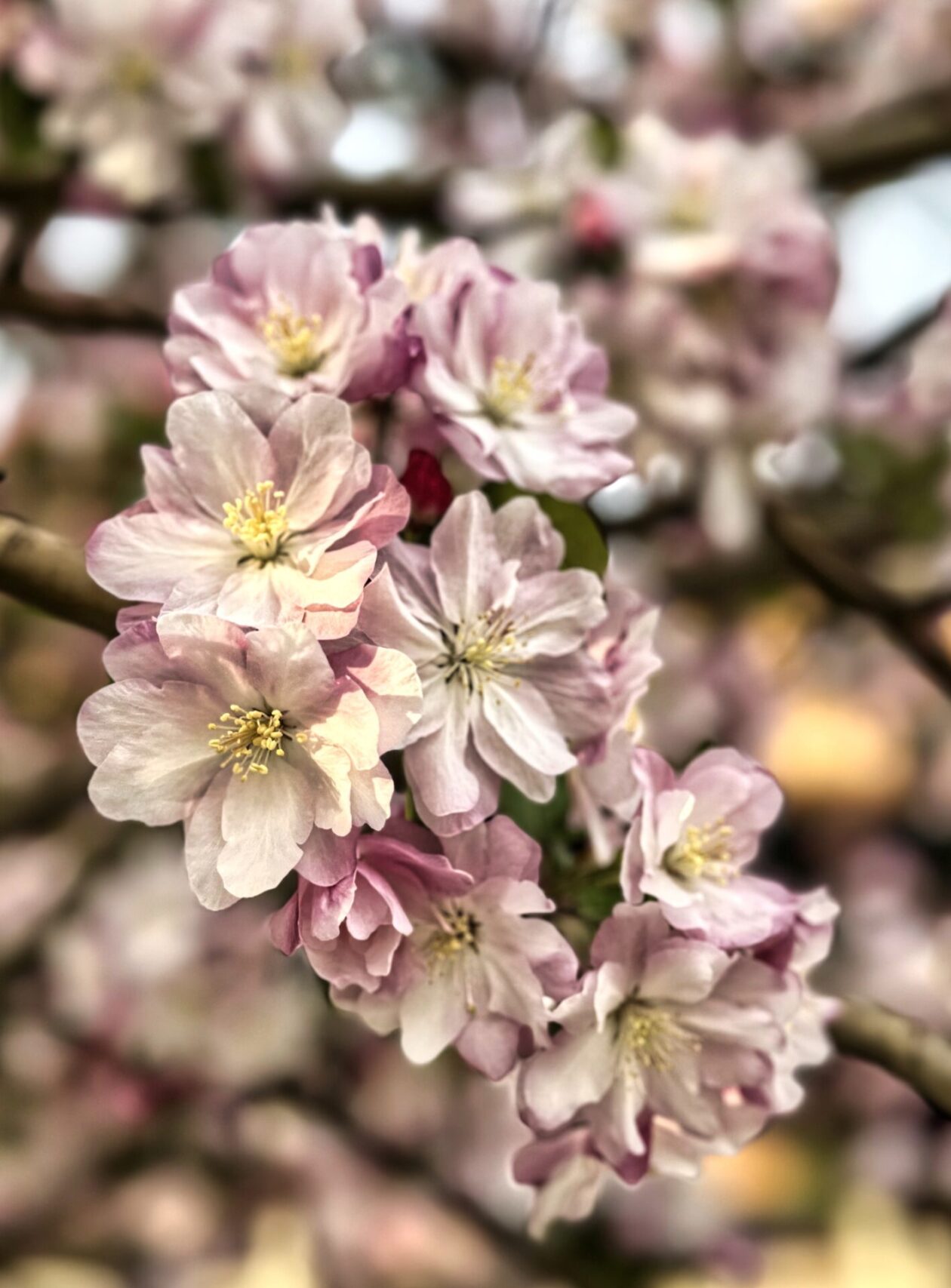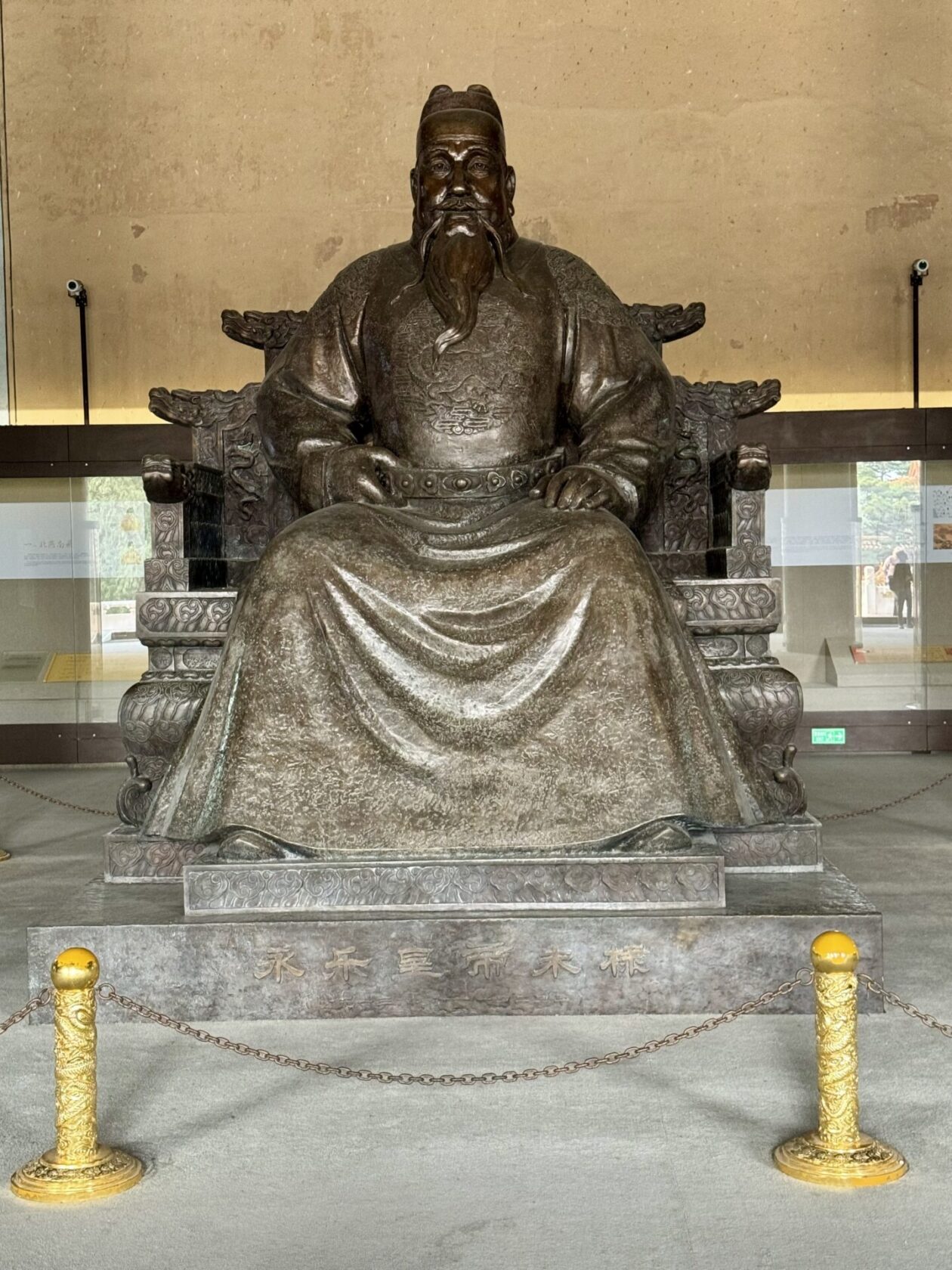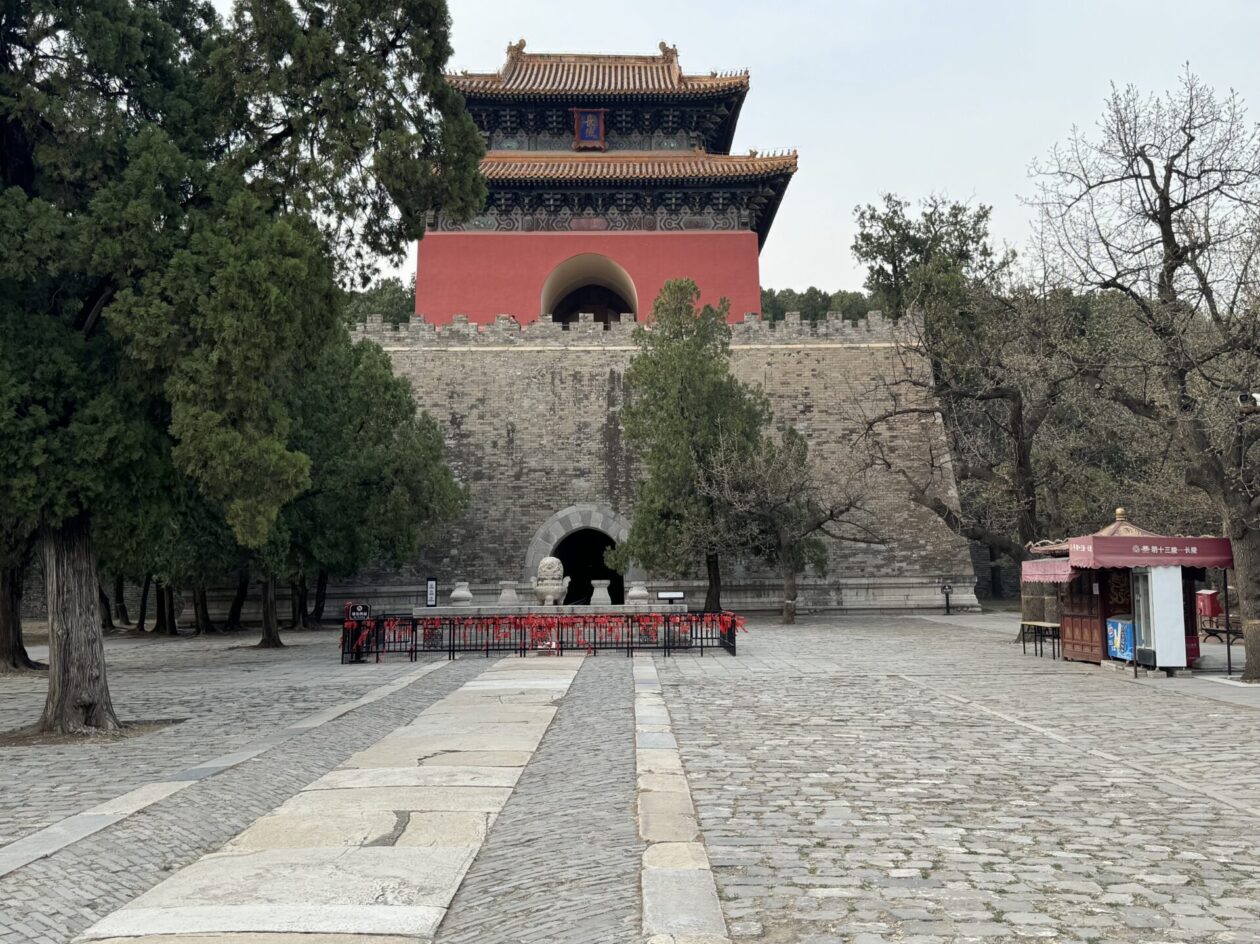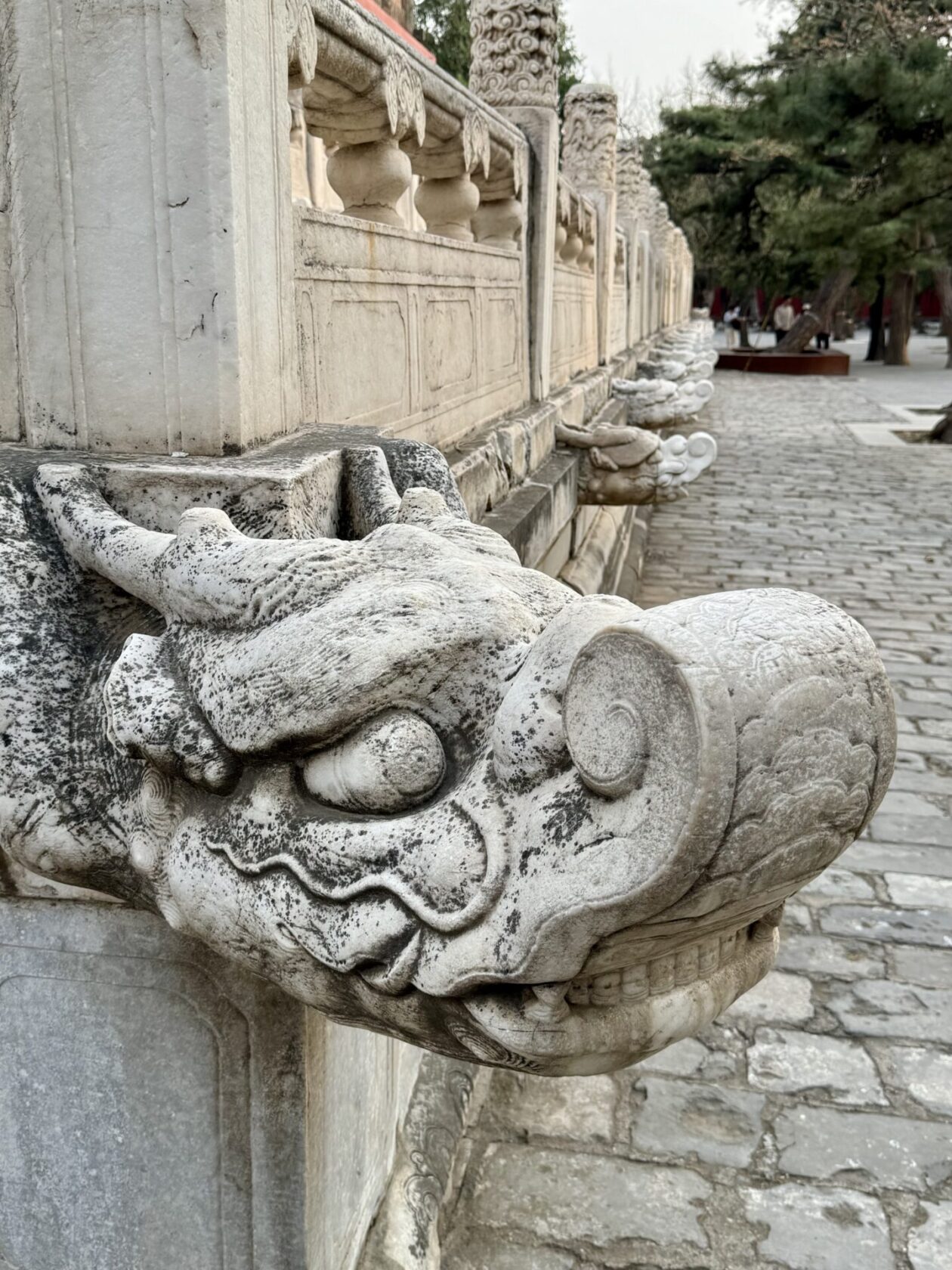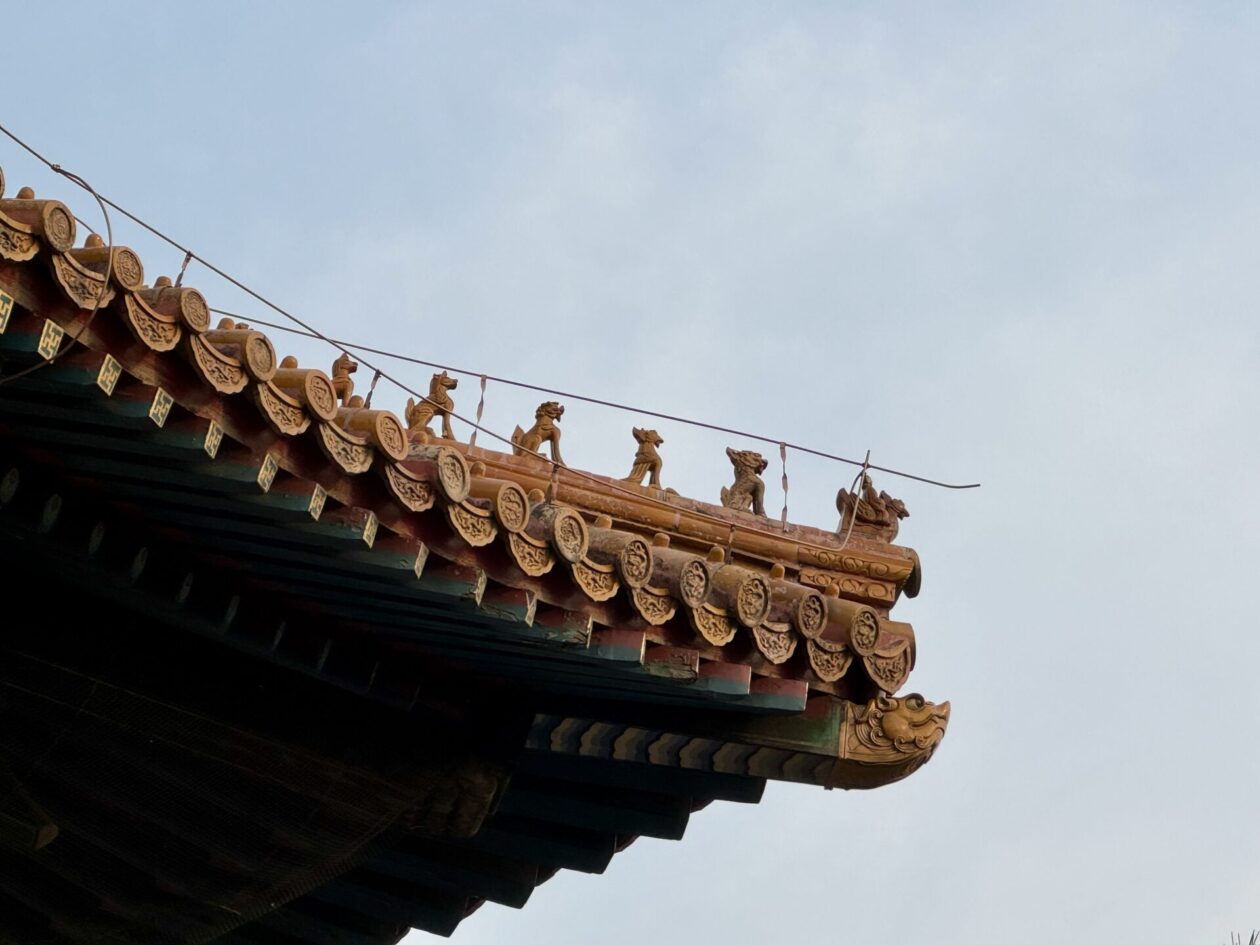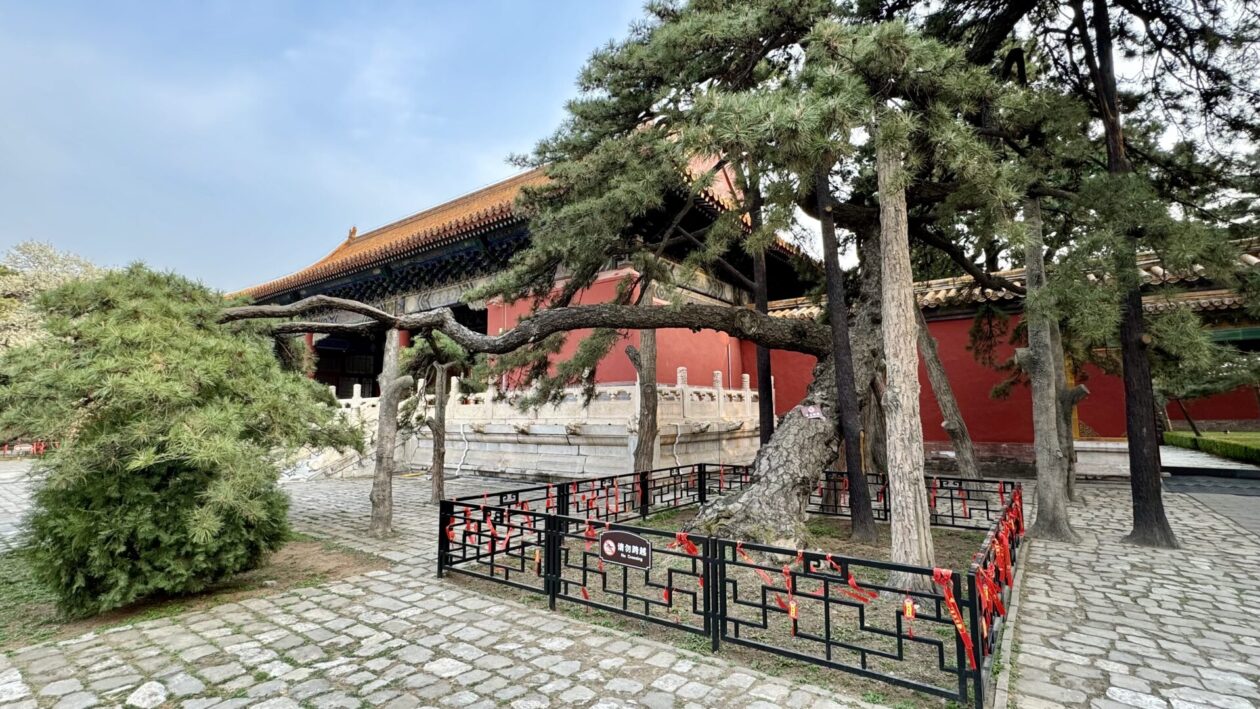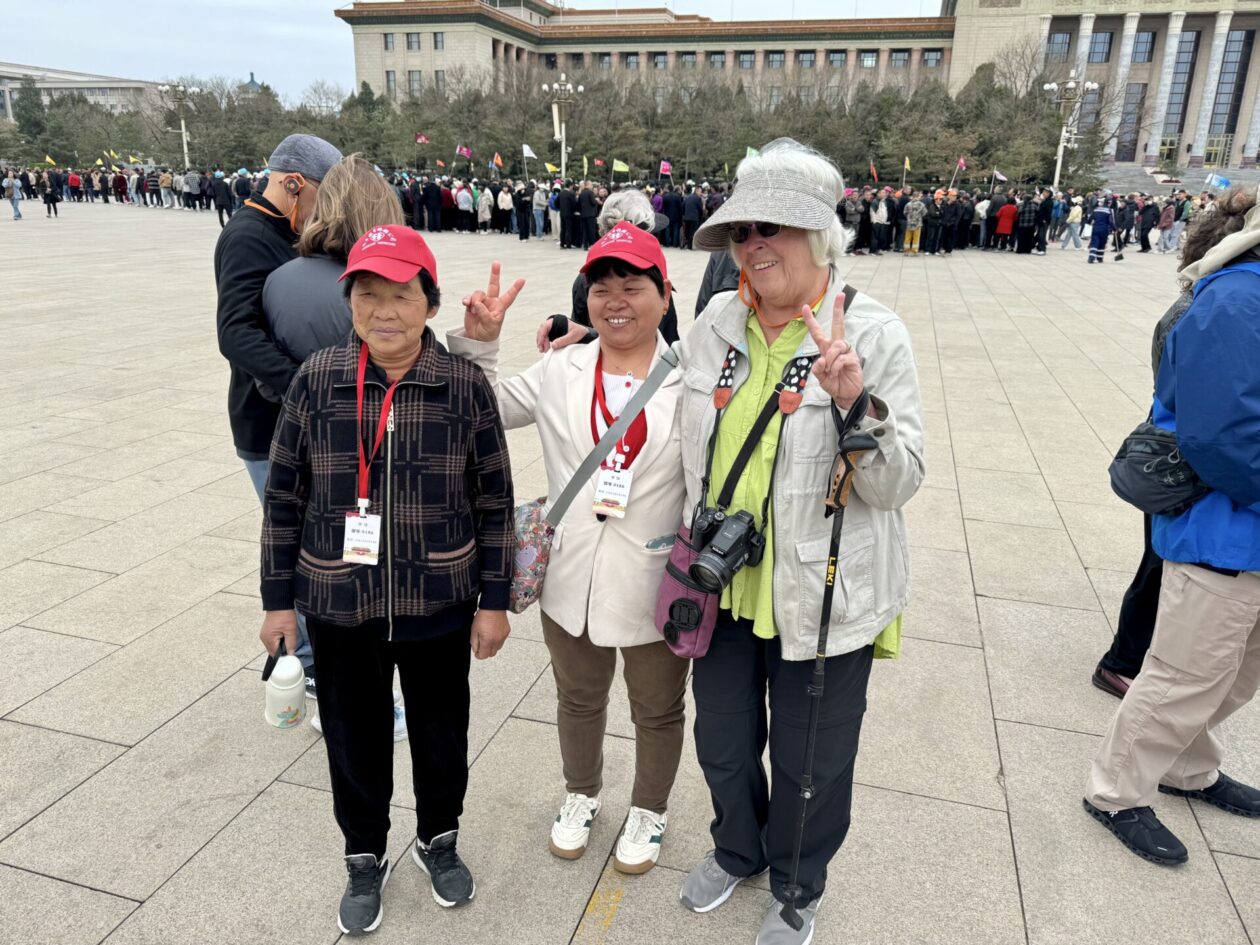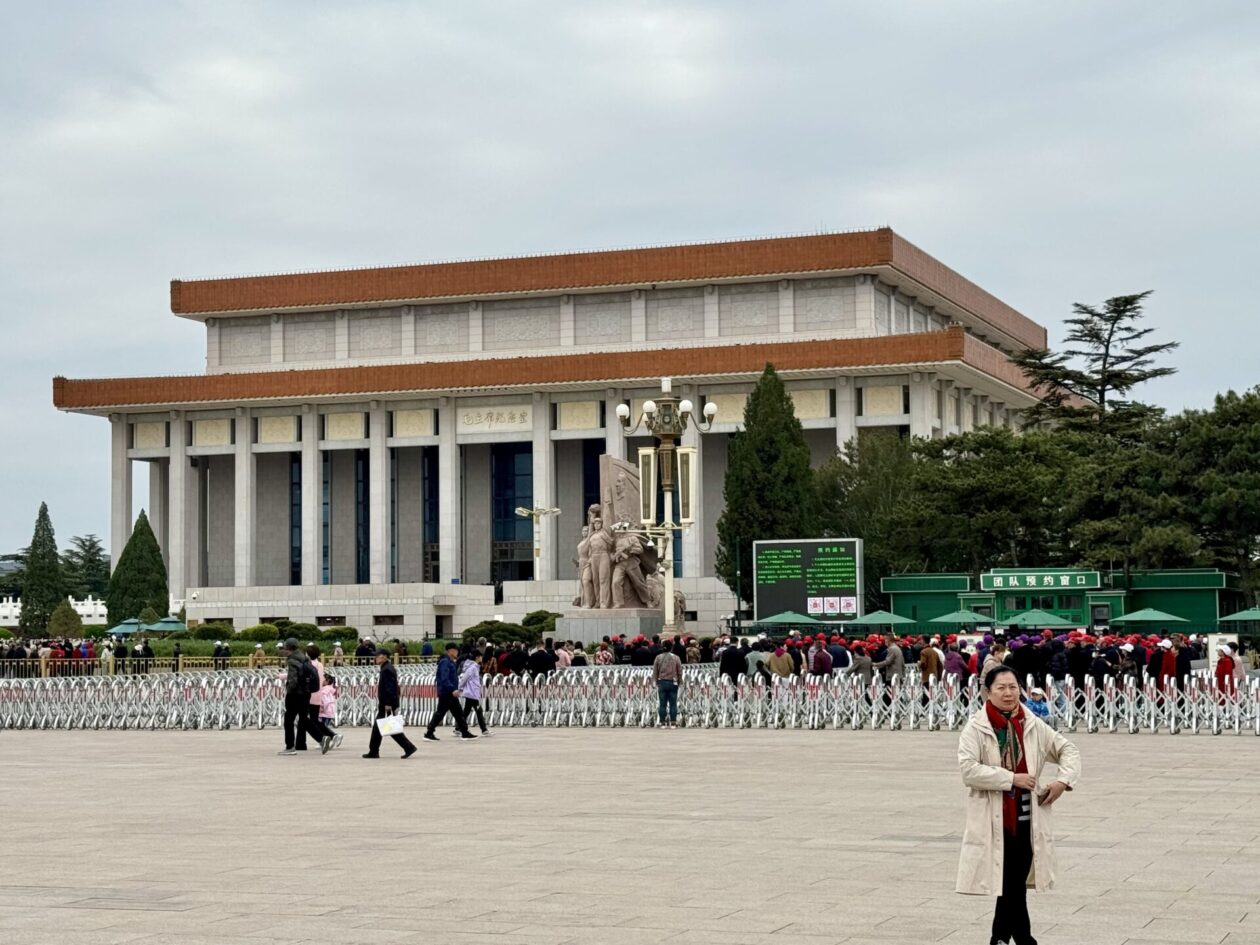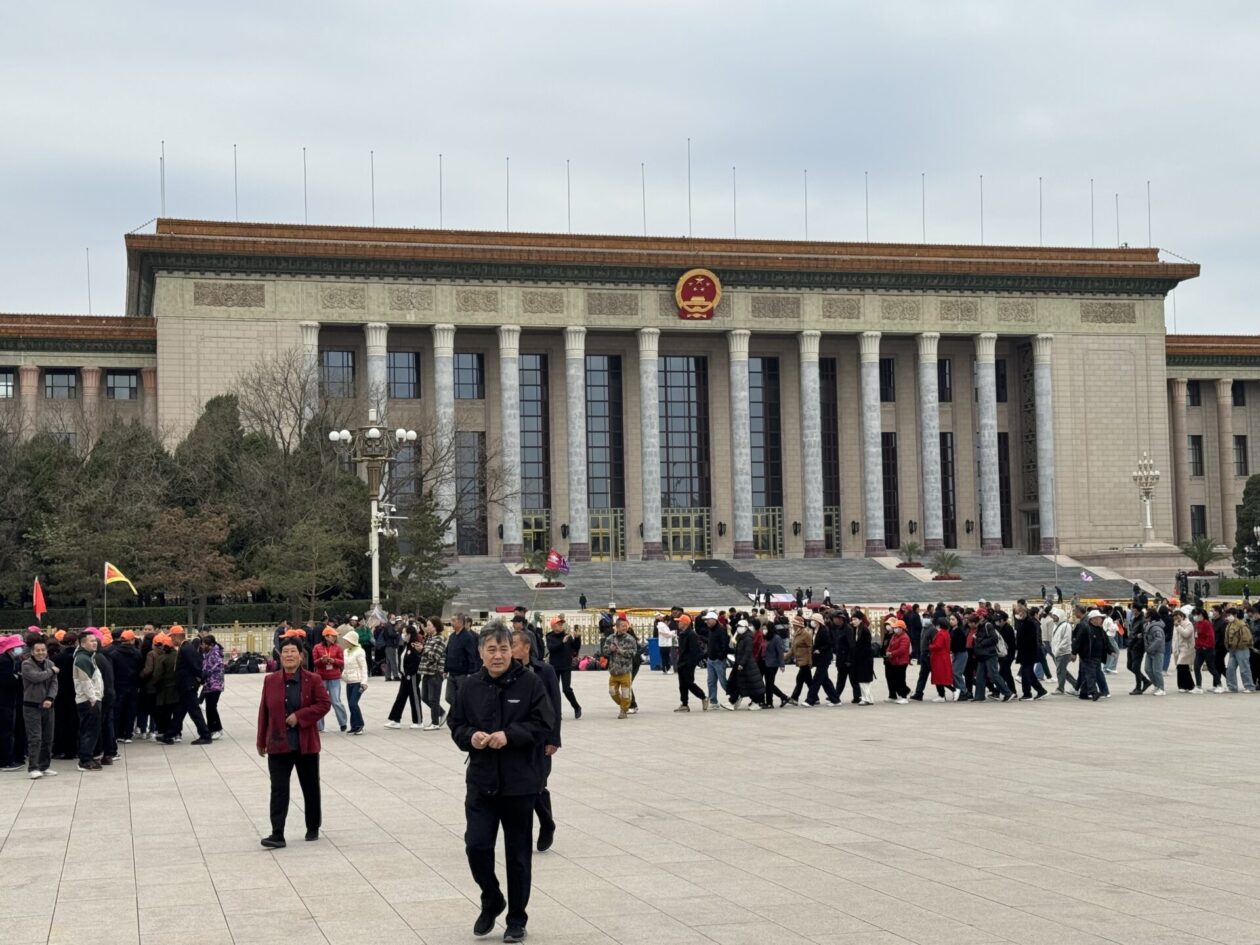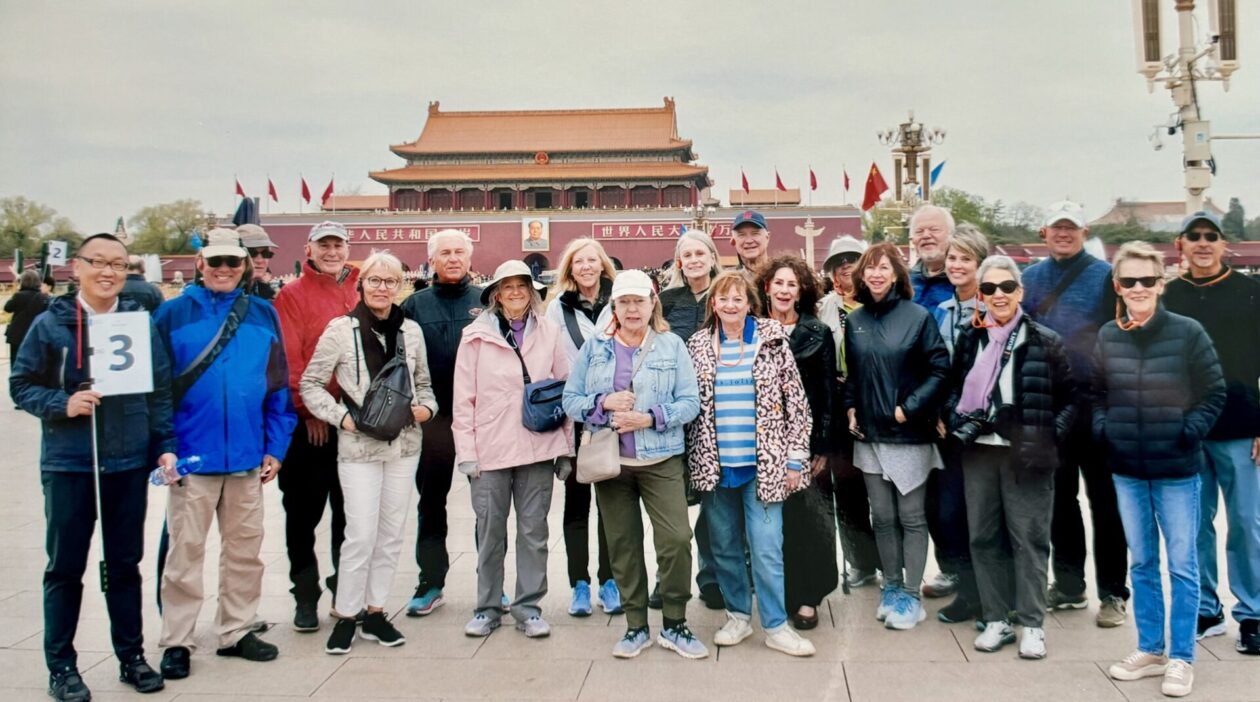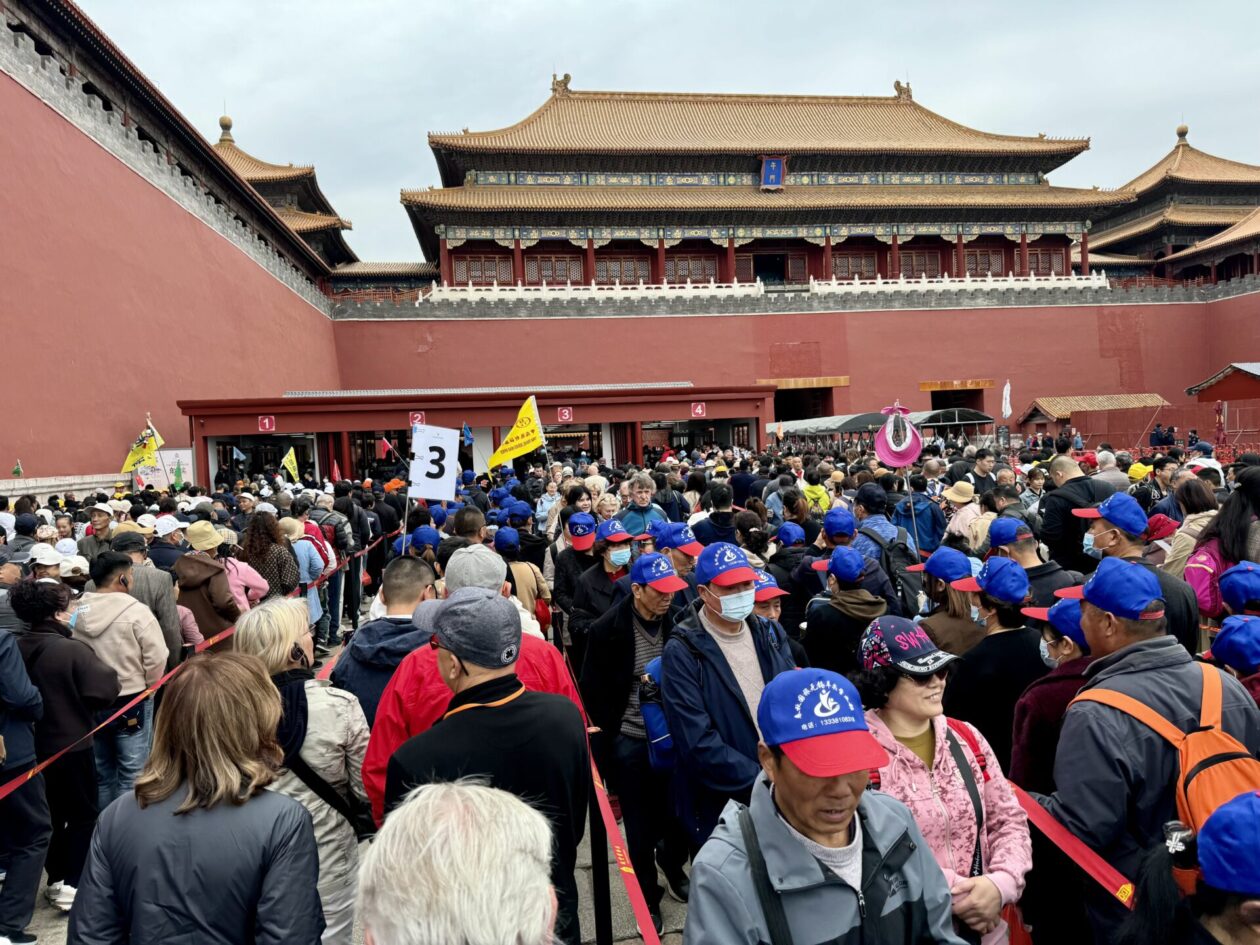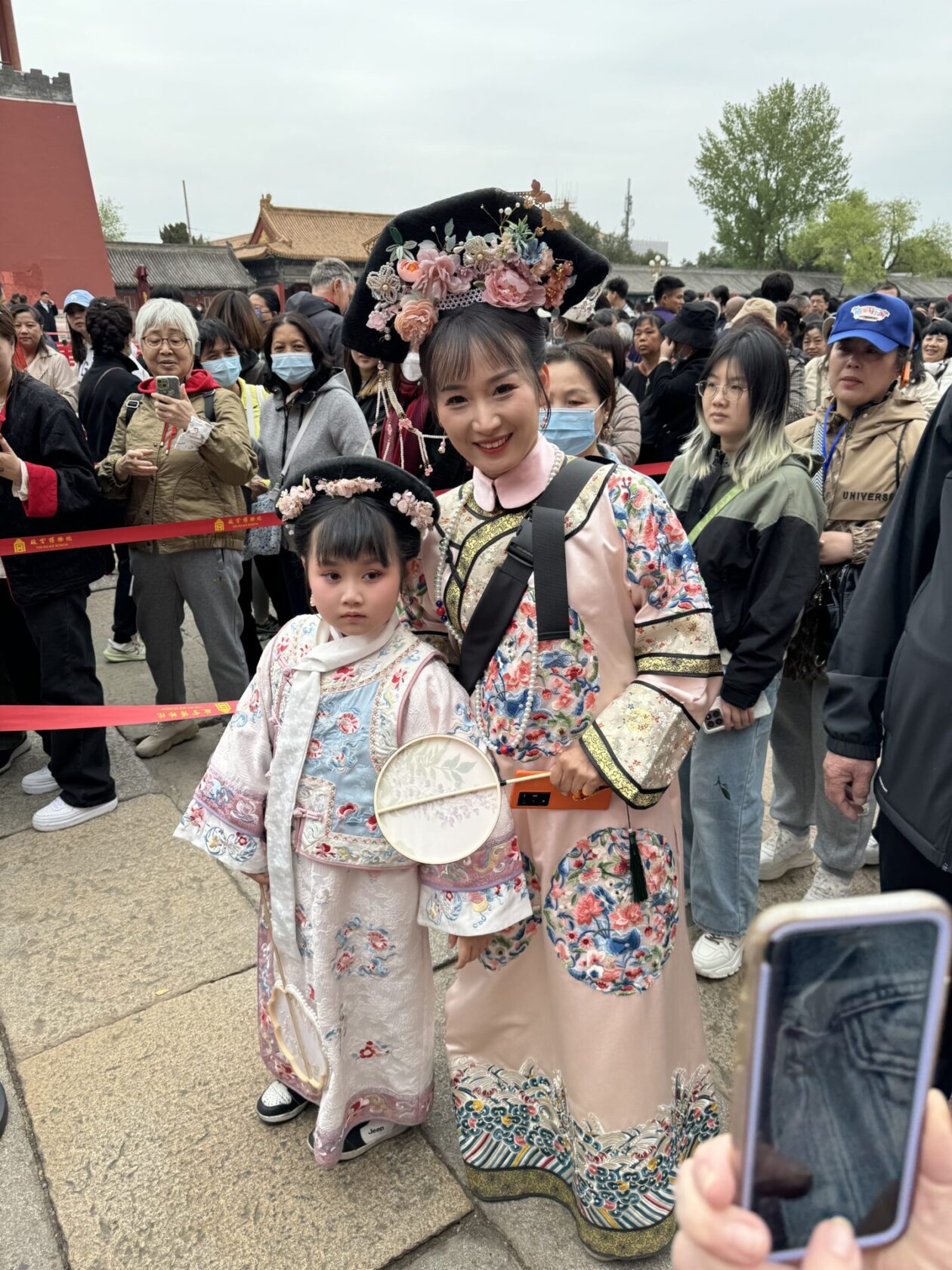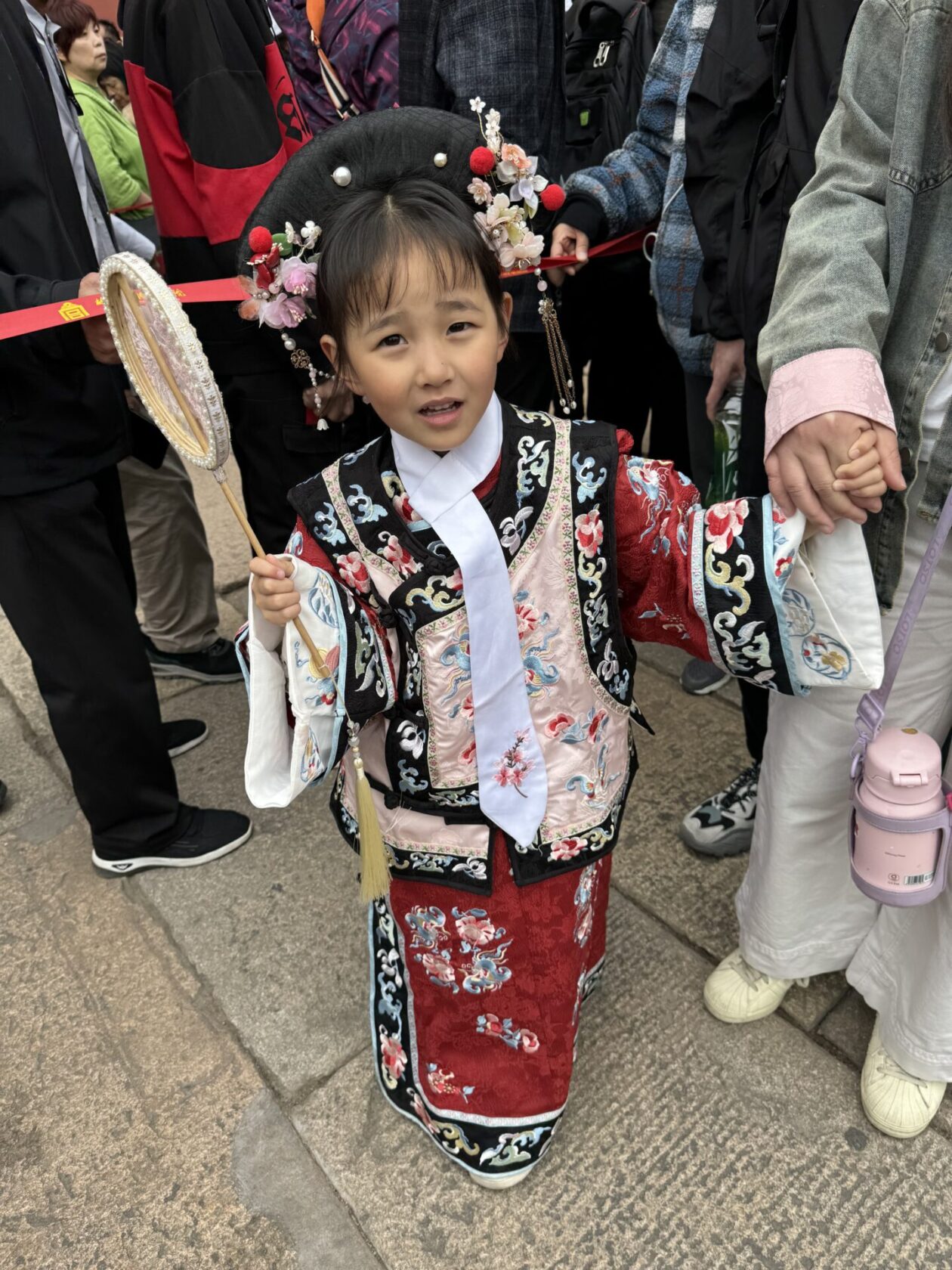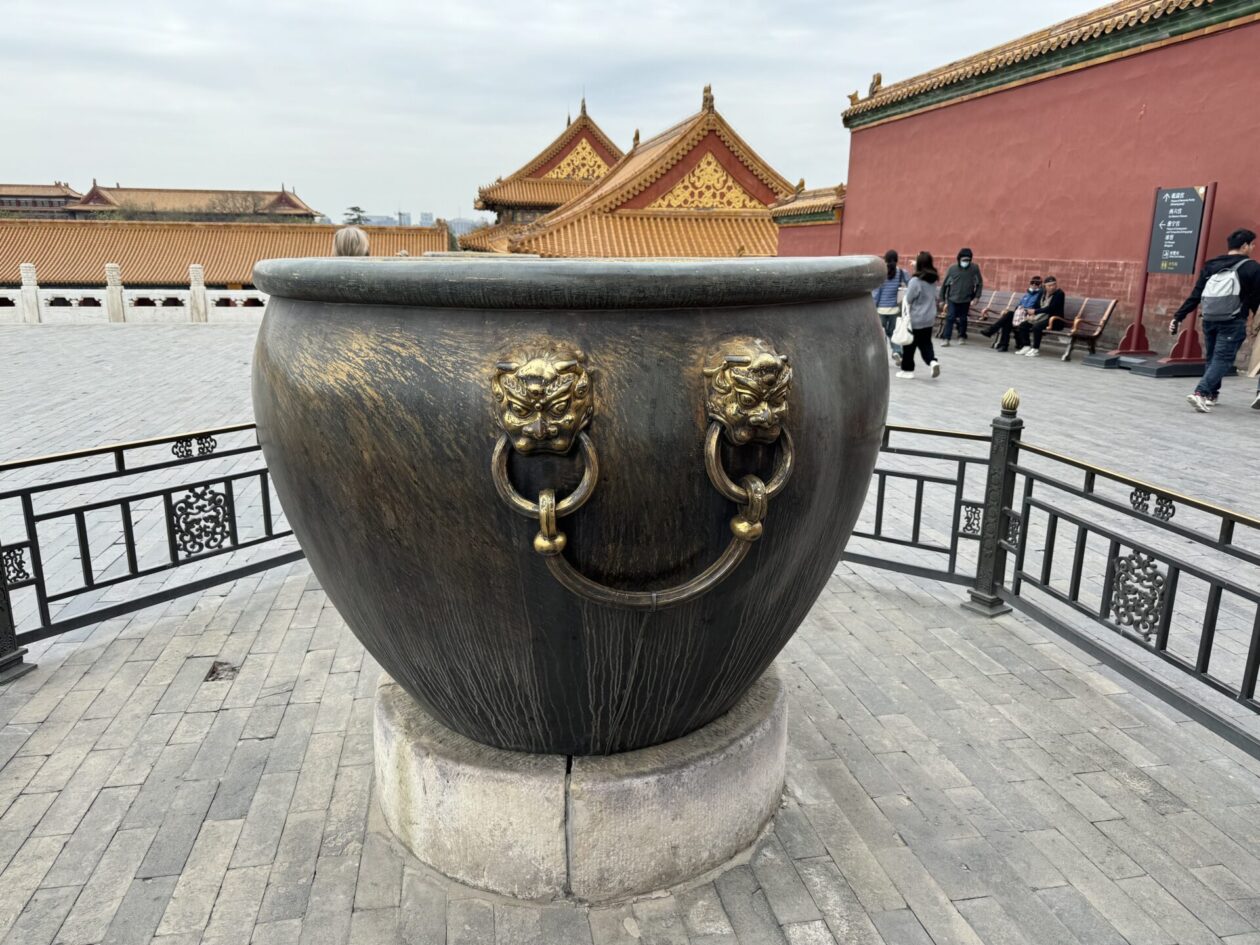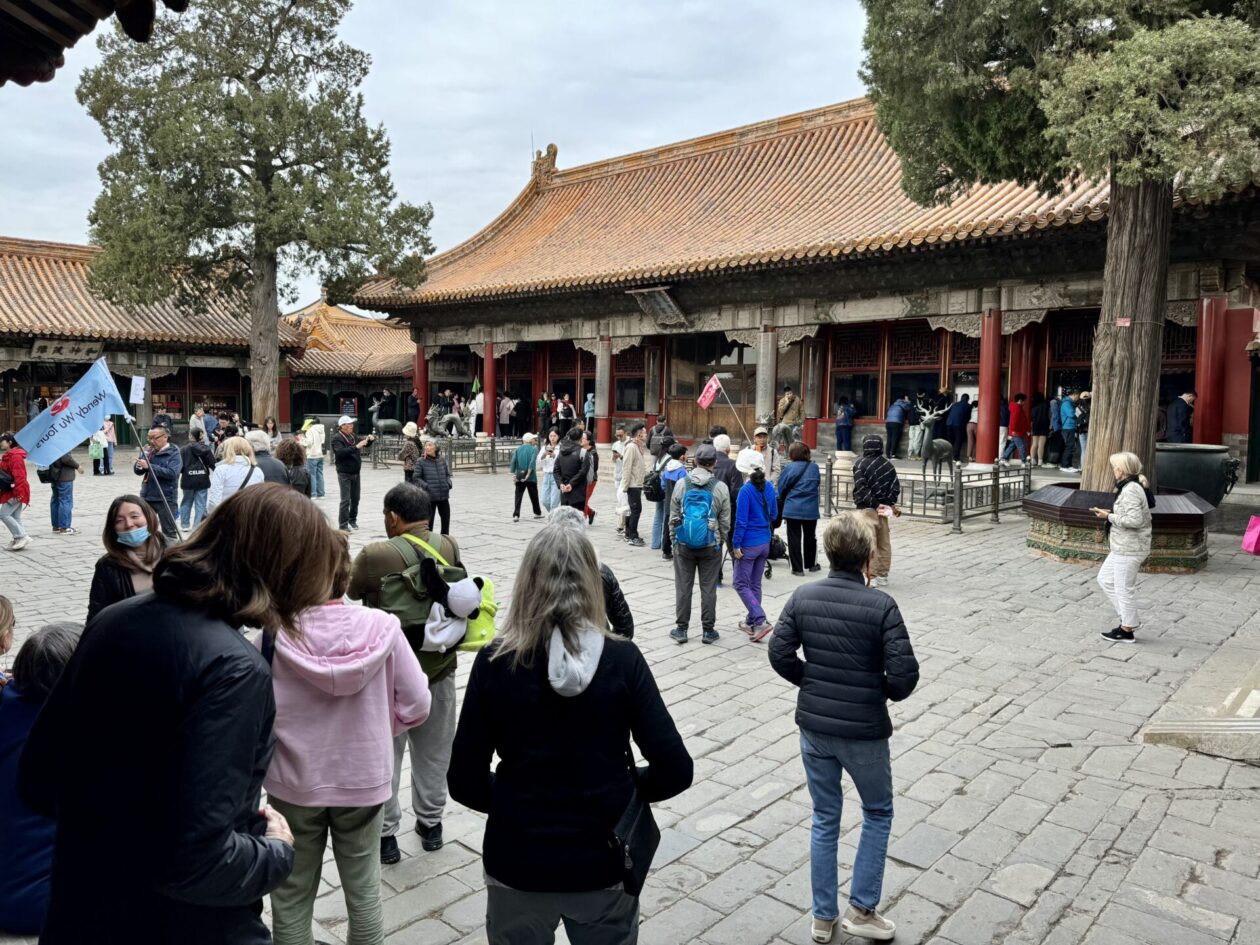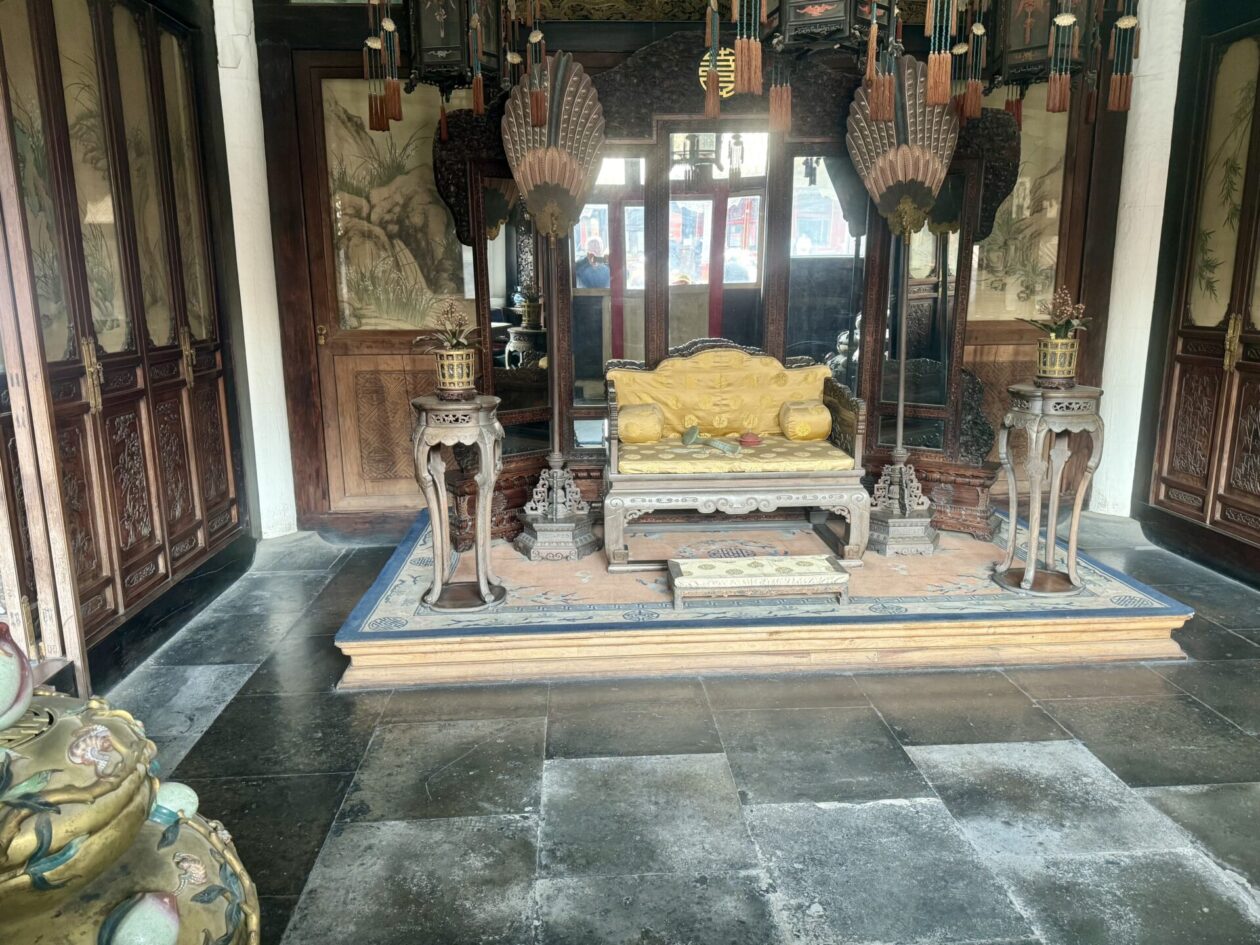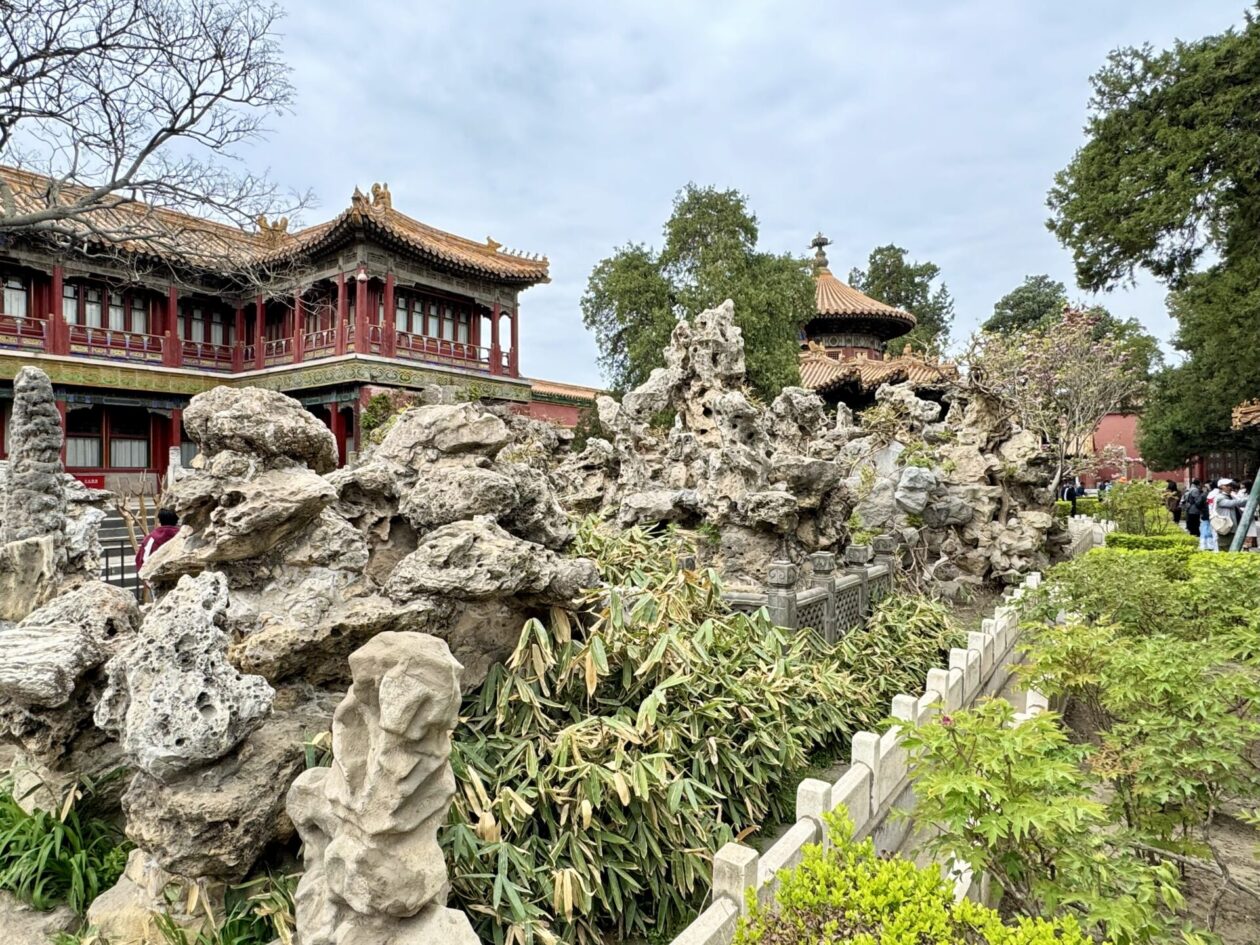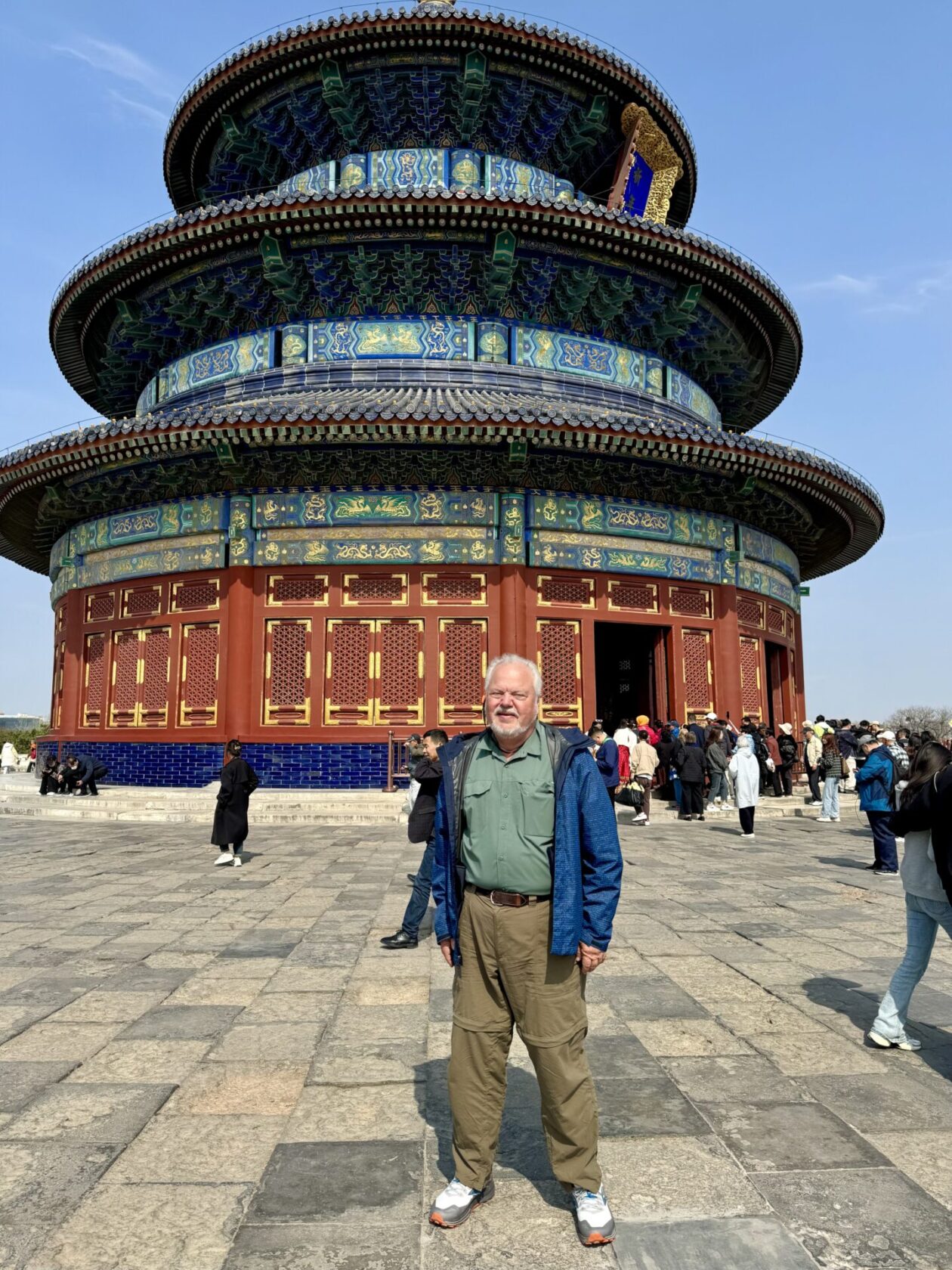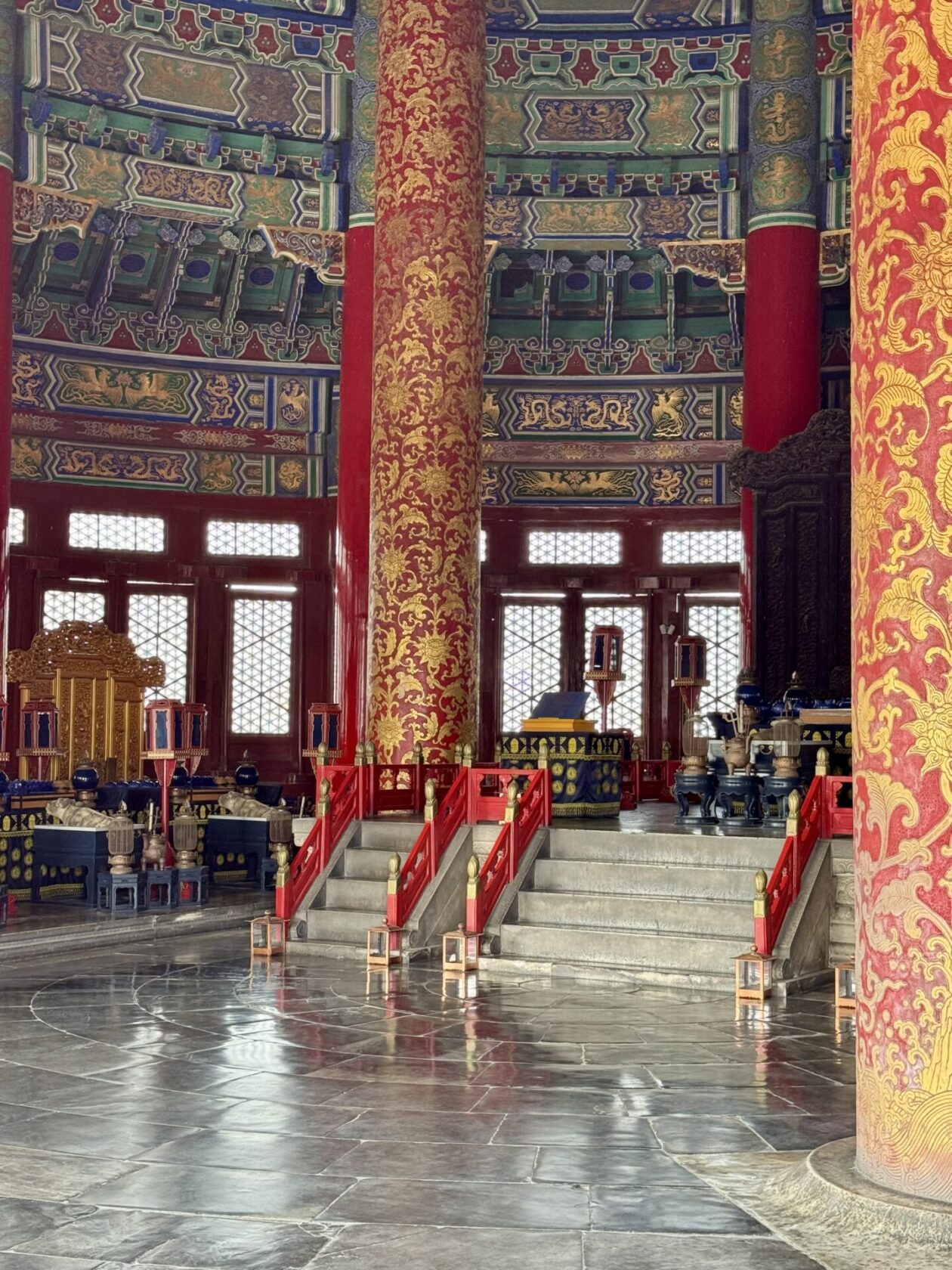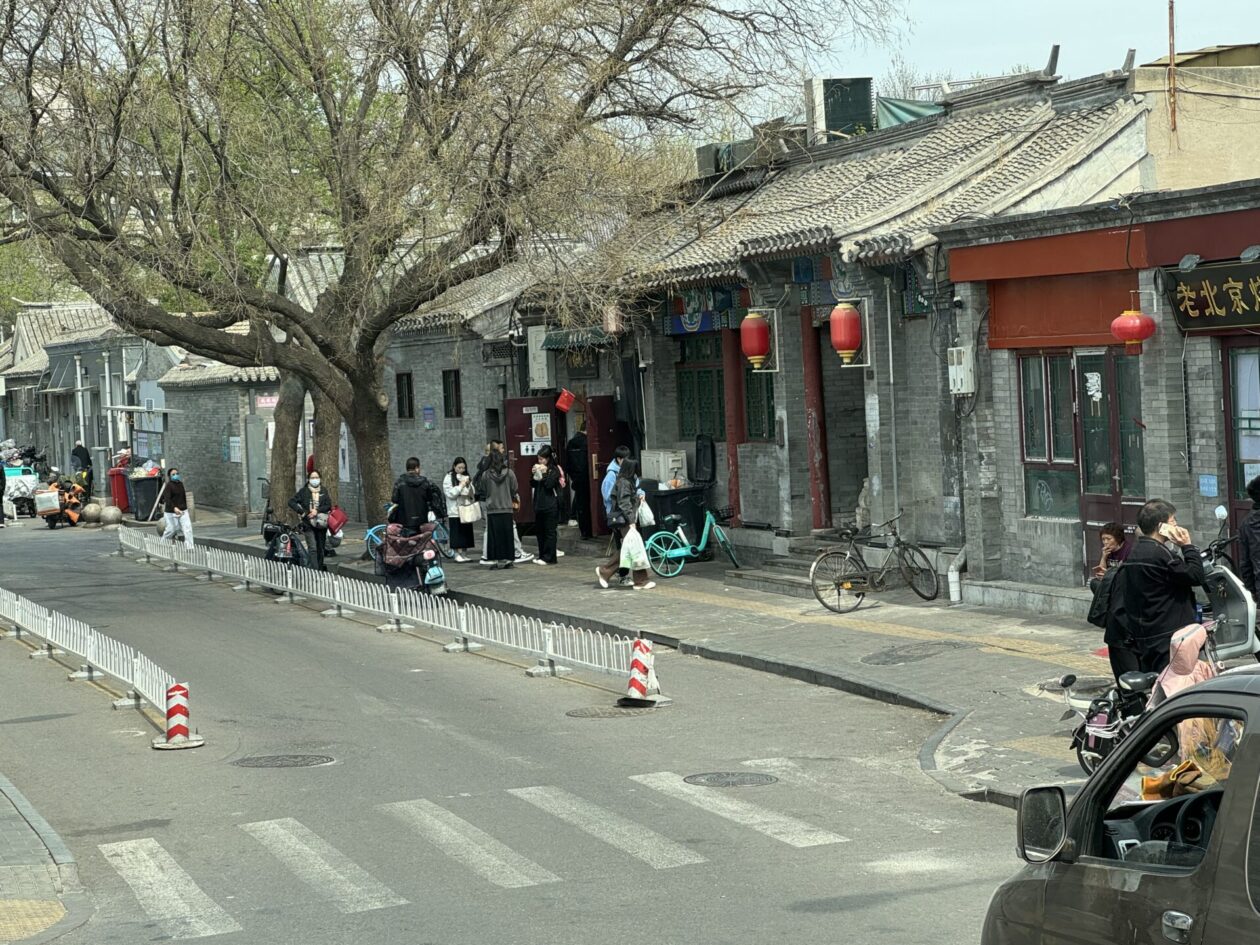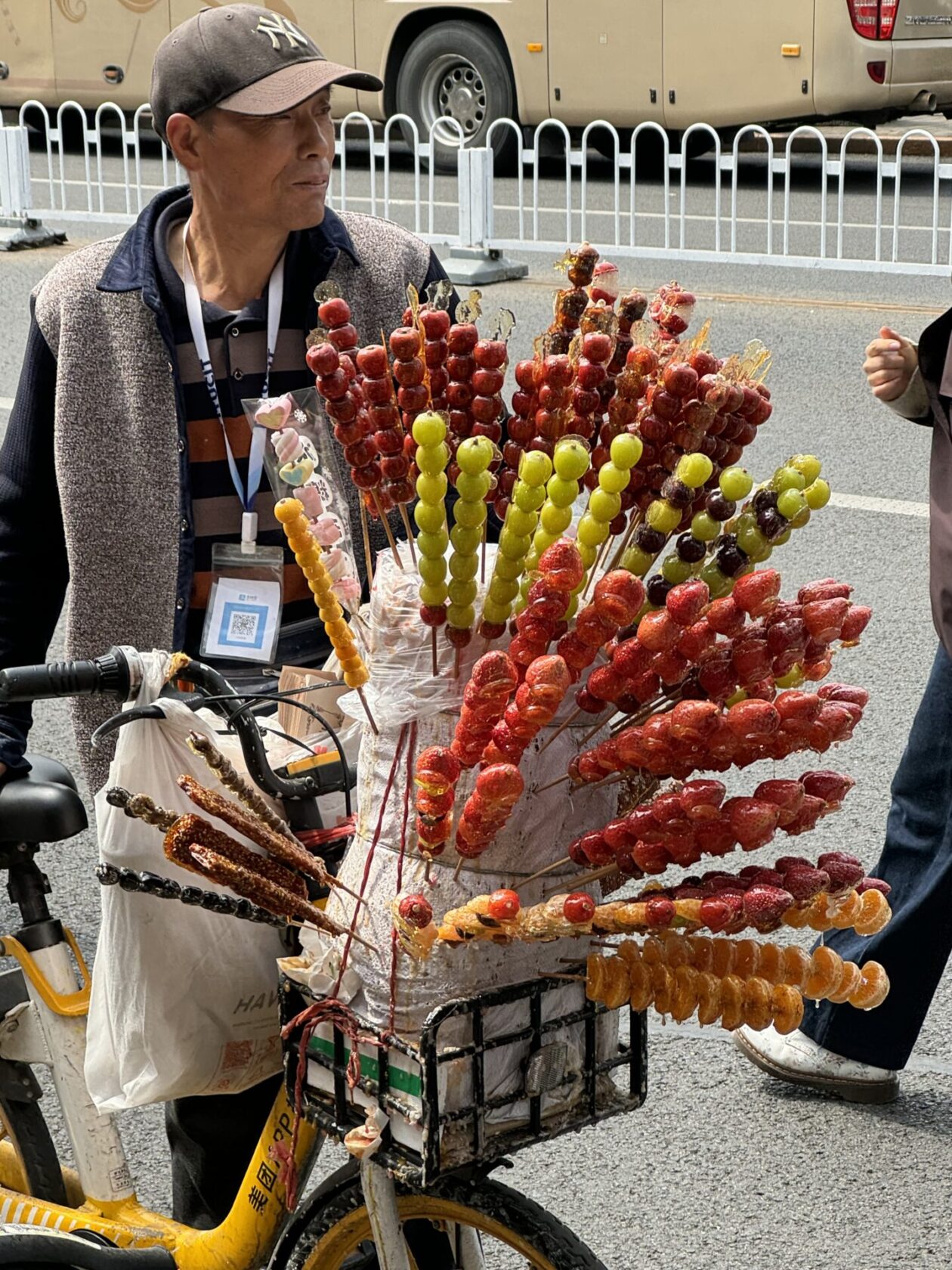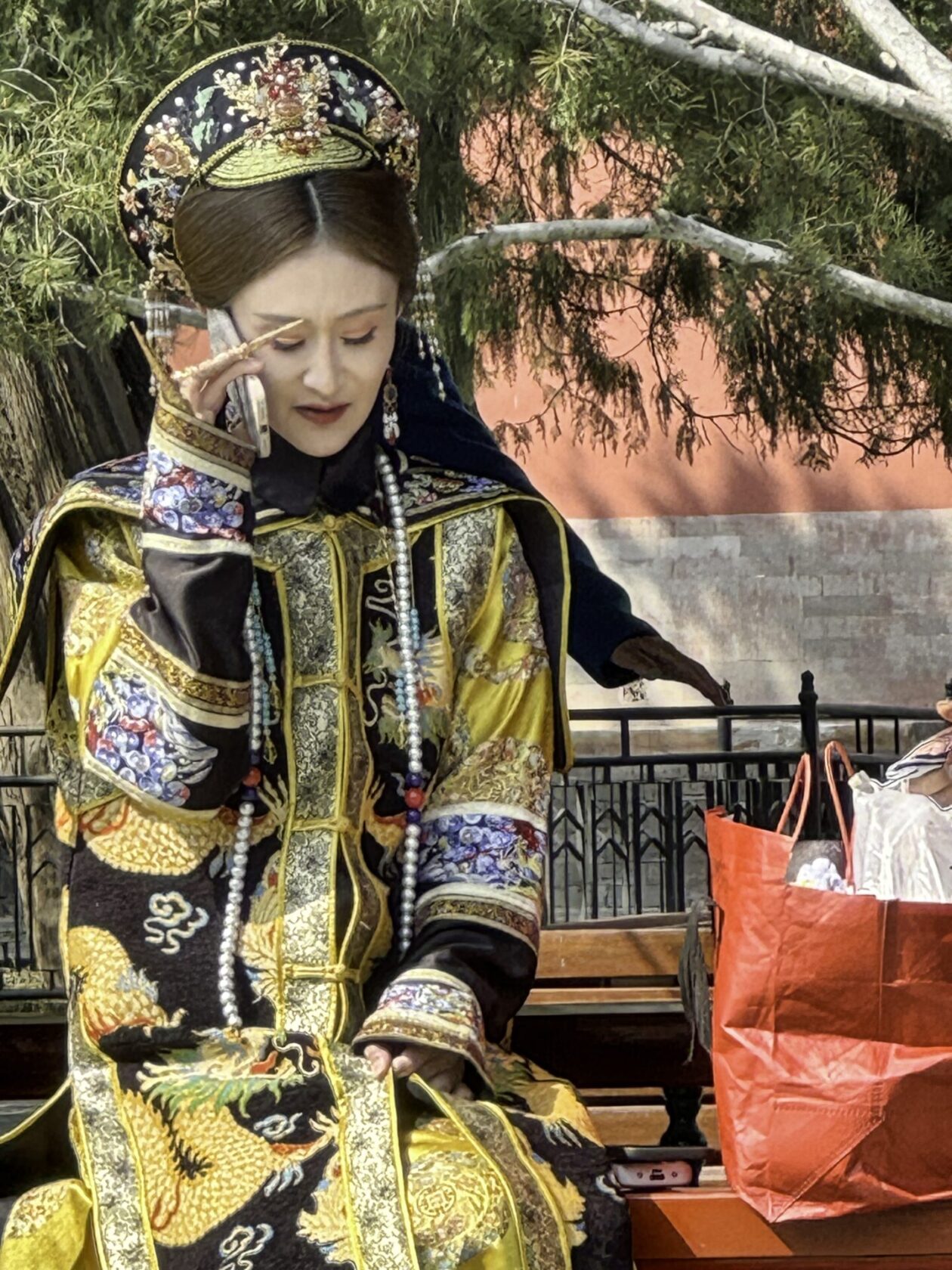- Northern Pacific Wanderings 2024 — here we go!
- Enjoying a few days in Hong Kong
- A day in Kaohsiung and Tainan, Taiwan
- A quick trip to the Penghu Islands
- Two Days in Taipei, Taiwan
- Naha, Okinawa
- Two days in Beijing
- Two days in Incheon and Seoul, South Korea
- Jeju Island, Korea
- Busan, Korea in a day!
- Nagasaki, Japan
- Arita, Japan
- Miyajima and Hiroshima, Japan
- Kyoto’s Bamboo Forest and Rock Garden
- Matsushima, Japan
- Hakadote, Japan
- Kushiro, Japan
- Dutch Harbor….er, Unalaska, Alaska
- Kodiak, AK
- Homer, AK
- Glacier Bay National Park and Preserve, AK
- Sitka, AK
- Klawock and Craig, AK
- A Nanaimo, BC, Canada drive by
- Vancouver BC, end of trip, and final thoughts
After leaving Okinawa, we had three sea days to relax, attend a bunch of lectures, etc. on our transit to Tianjin, China, the jumping off point for our overnight tour of Beijing. Of course, Tianjin is nearly two hours away from Beijing, so we were in for more extended bus trips. Clearing Customs here could be considered an Olympic sport — wending your way through the massive Customs Hall and answering the myriad of questions to gain access required skill, patience, and a bit of guile. It ended up putting us about an hour late leaving for the trip. And then there was the traffic — oh, so much traffic
For our first stop near Beijing, we went to visit the Juyongguan section of the Great Wall. This is one of the three most famous passes along the Great Wall and seen as the first of three impregnable passes, being situated in a valley surrounded by mountains on two sides. It is the closest to Beijing and, while originally constructed between 770-476 BC, it has been rebuilt and modified all the way through the Ming Dynasty (1368-1644) to meet changing defensive needs (in this case to protect against Mongol invasions). The pass is roughly circular with a perimeter of around 4,00 yards. At its thickest point, the wall is about 18 yards and the narrowest is just over a yard. What’s interesting is that in addition to the wall, there are many old towers and temples that are incorporated into the pass. I had to decide which of the trails I would try to hike. Our guide said the West trail was the most scenic — what he failed to mention is that it was also the steepest! What made it more difficult is that the stairs are quite uneven in height and pitch. Given that we only had 1.5 hours at the Wall, I only made it up to Tower 9. It was indeed strenuous and somewhat terrifying (especially going down). I came to the conclusion that people of the times had incredibly long legs and very short arms given the positions I had to take going up and coming down. What blew me away is that they host an annual marathon there that takes the runners around the entire circular course — 4 times!
After a brief lunch (and the mandatory gift shop stop), we headed to the Chang Ling tomb of the Ming Tombs. The Ming Tombs (also known as the “Thirteen Tombs” is where 13 of the 16 emperors of the Ming Dynasty were buried, along with their wives and concubines. It is a huge complex and both the location and layout of the tombs are consistent with Feng Shui. The amount and types of land required to meet the Feng Shui principles forced the construction to take place more than 30 miles from Beijing in the shadow Tianshou Mountain. In fact, the Ming Tombs actually sit in a valley, surrounded by three mountains and a river flowing through — clearly in harmony with nature which is consistent with Taoist beliefs. The Chang Ling (Forever Tomb) was actually the first tomb, started in 1409 by emperor Zhu Di as his final resting place, along with that of his wife. Zhu Di is one of the most respected emperors to this very day. He really improved China’s defenses, but also supported a massive naval fleets efforts at exploration, making it all the way to East Africa. The other twelve tombs lay out on the two sides of the Chang tomb and the main avenue (the Sacred Way). It is the only tomb in the complex that has been excavated for scientific research and over 3,000 relics have been recovered. It is the largest of the Ming tombs. Entering the front gate was very impressive, with the rafters and arch made with colorful glazes. Inside is the Hall of Eminent Favor which includes the emperor’s clothes, throne, “god bed” as well as other personal items. Zhu Di and his wife are actually buried in the Soul Tower and Wall-Encircled Earth Mound. We returned to the hotel quite late and, while we were supposed to go out for Peking Duck, we decided to stay at the hotel and eat Italian!
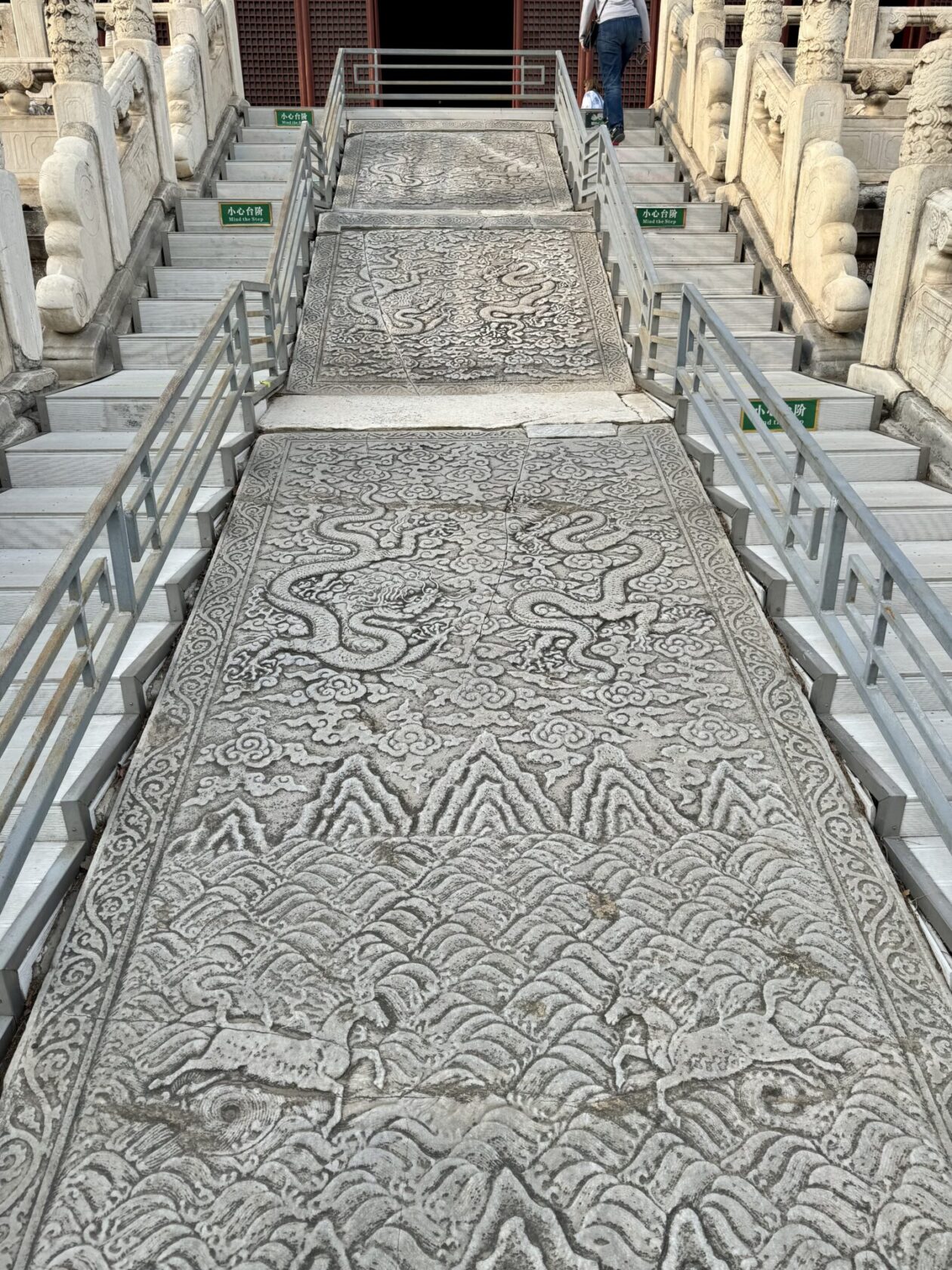
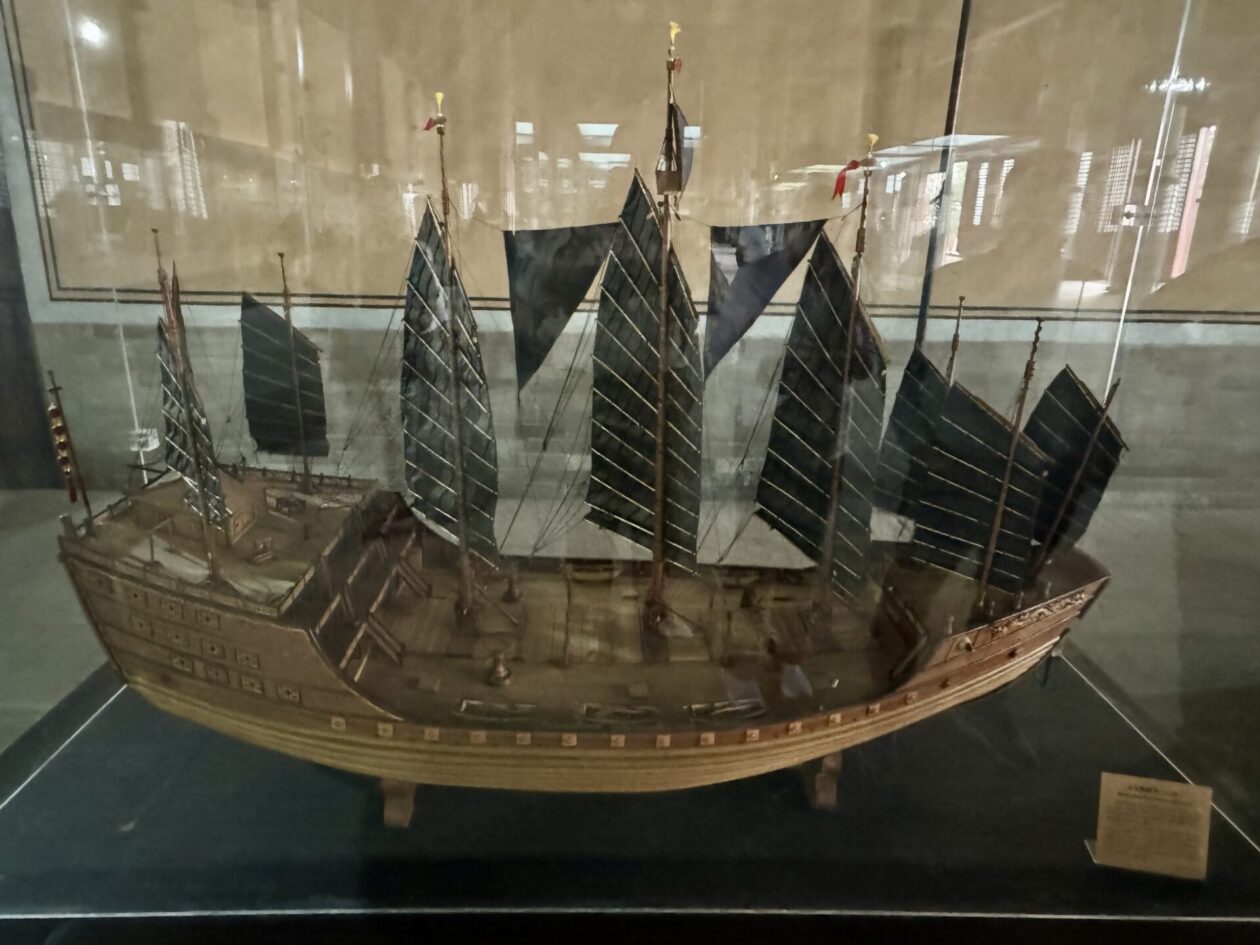
While the first day was focused on the areas somewhat distant from Beijing, the second day was all about exploring the city itself. Our first stop was Tiananmen Square (which means the Square of the Gate of Heavenly Peace). At nearly ten acres in size, this is one of the largest public squares in the world. It’s estimated that it can hold over a million people there. It sits in front of the Forbidden City, but has a number of sights of its own, including the Monument to the People’s Heroes, the Great Hall of the People, the National Museum of China, and Mao Zedong’s Mausoleum. Of course, Tiananmen Square connotes different things to different people. For the Chinese tourists there, it seemed to be a place of pride and an opportunity to get their picture taken in from of the large image of Mao. For Westerners, it conjures up the protests for more political freedom and ultimate government crackdown in 1989 where several people (estimates from hundreds to up to ten thousand) were killed. Of course, this is not discussed publicly, so it is hard to tell what the locals think about it all. I’m not sure if it was due to the Massacre, but entrance to the square is now tightly controlled; we had to pass through Security in order to get into the square and the Forbidden City. Having said that, many of the Chinese people were very curious about us and we had many photos taken with local people. They were also interested in trying out their English. We really enjoyed interacting with them.
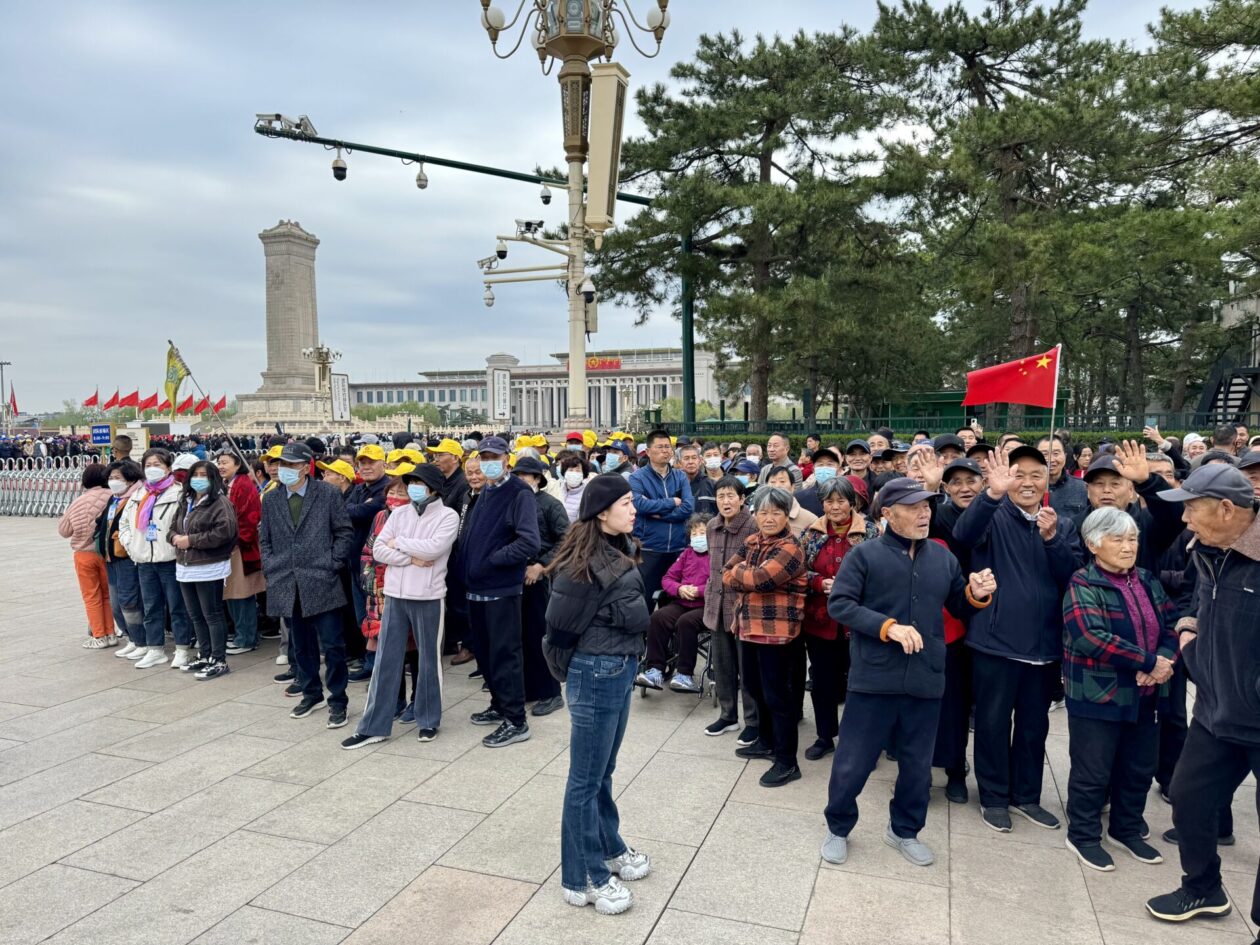
After walking around for a while, we continued on to the Forbidden City, the home of the Chinese emperors and their households, as well as the center of Chinese government, for almost 500 years (1420-1912). This is a truly massive complex (over 37 acres!) with 980 red and gold wooden buildings and structures, surrounded by a moat. Once again, you have to go through Security and Passport Control in order to get in. We couldn’t hope to see all of the complex; instead we focused on the central axis which takes in a number of the noteworthy gates and palaces, including the Meridian Gate, the Gate of Supreme Harmony, the Hall of Supreme Harmony, the Gate of Heavenly Purity, the Palace of Heavenly Purity, the Imperial Garden, and the Gate of Divine Prowess. We also visited the Imperial Gardens and a typical living quarters within massive complex. In fact, the one we visited had housed the famous Dragon Lady (the Empress Dowager Cixi who effectively controlled the Chinese government as empress dowager and regent for nearly 50 years!). The challenge, of course, is that a number of these buildings and gates start to look very similar. And, in fact, I am already beginning to feel the signs of temple and palace overload — and we’re not even halfway through the trip (I have had the same experience with castles and cathedrals in Europe — there’s just so many!)!
Our last stop was south of the Forbidden City at the largest of Beijing’s imperial religious complexes — the Temple of Heaven. Once again, it is huge (I was told it was about the area of Central Park in New York). The buildings inside are a combination of circles and squares which symbolize the belief that Heaven is round and Earth is square. This was part of a broader belief system that had emperors being the representatives of Heaven on Earth — they were authorized by Heaven to govern the Earth (to the Chinese, Earth was synonymous with China as probably the most powerful nation in the world at that time. In addition to Taoism, there are elements of Confucianism that are embedded in the complex. But, back to the “circle” and “square” analogies, the belief was that Heaven and Earth should be worshiped separately and hence, the various altars are shaped based on the subject of the worship there. The temple complex was started in 1420 and emperors of both the Ming and Qing Dynasties prayed and made offerings there at key times of the year (e.g., beginning of the lunar year and summer and winter soltstices). Of course, even after I thought I understood this whole round/heaven and square/earth thing, then we went to the Hall of Prayer for Good Harvests. Okay, since harvests are about Earth, it should be square, right? Nope, it’s round! In answer to the question, I was told that the round temple is built on a square yard — okay, I think they’re making this stuff up! Anyway, the whole complex was turned into a park and opened to the public in 1918.
A few last words about Beijing. This was our first time here, but by looking at some of the older parts of the city and the amazing number of new building projects, Beijing has gone through a radical transformation. The architecture is amazing and there are parks everywhere. The level of affluence is noteworthy (e.g., the number of luxury car dealerships is staggering). But the traffic is dismal and, while there is growing public transportation options, it doesn’t seem to be putting much of a dent into the situation. And then there’s the air pollution. When we were last in mainland China (2006 in Shanghai), you could practically cut the air with a knife. While it wasn’t quite that bad here, and they are making strides to improve the air quality, our eyes were burning pretty much the who time.

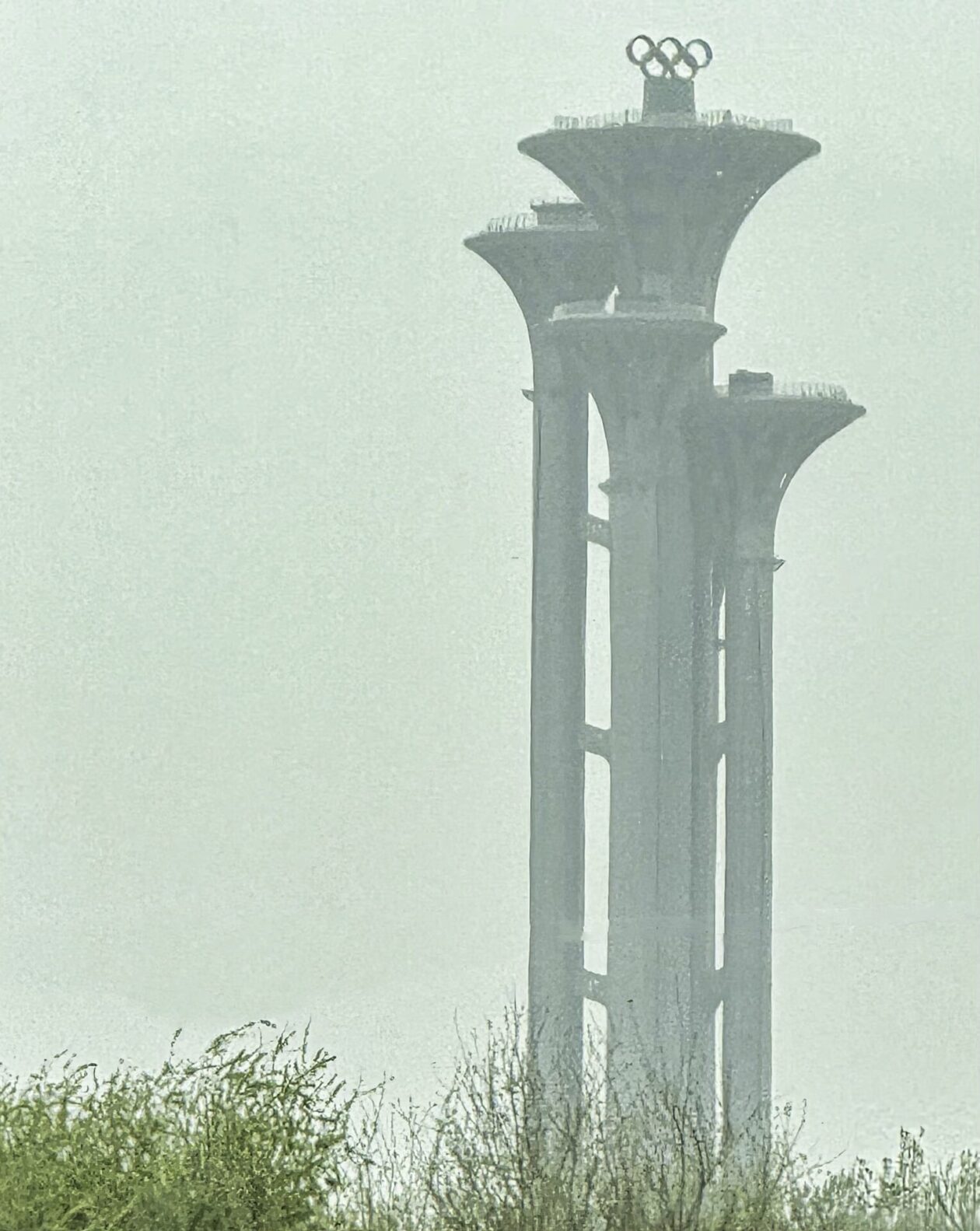
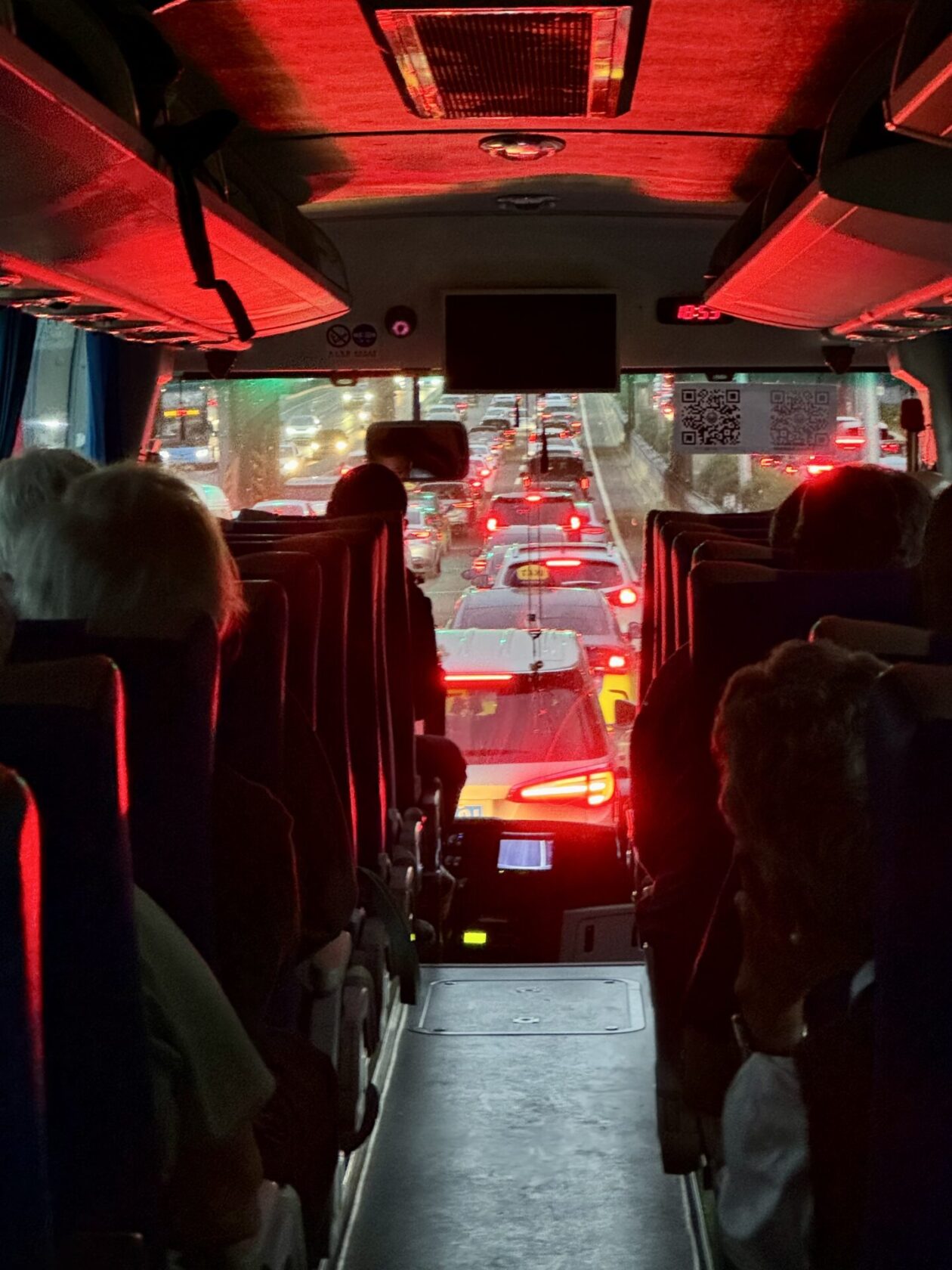

This was a pretty grueling couple of days and we’re looking forward to a sea day to catch our breath before we start our exploration of Korea!
This entry was posted in Beijing, China, Cruising, Travel